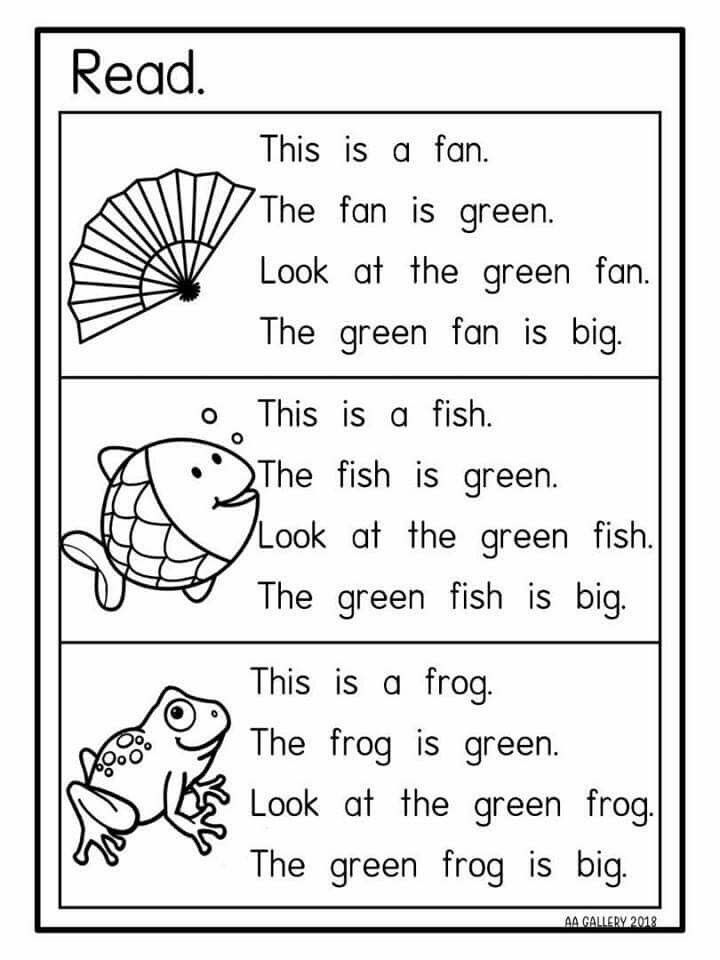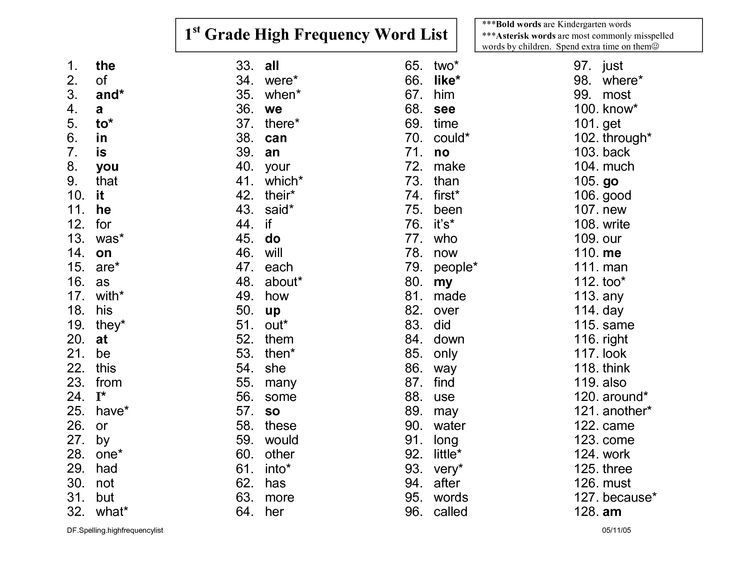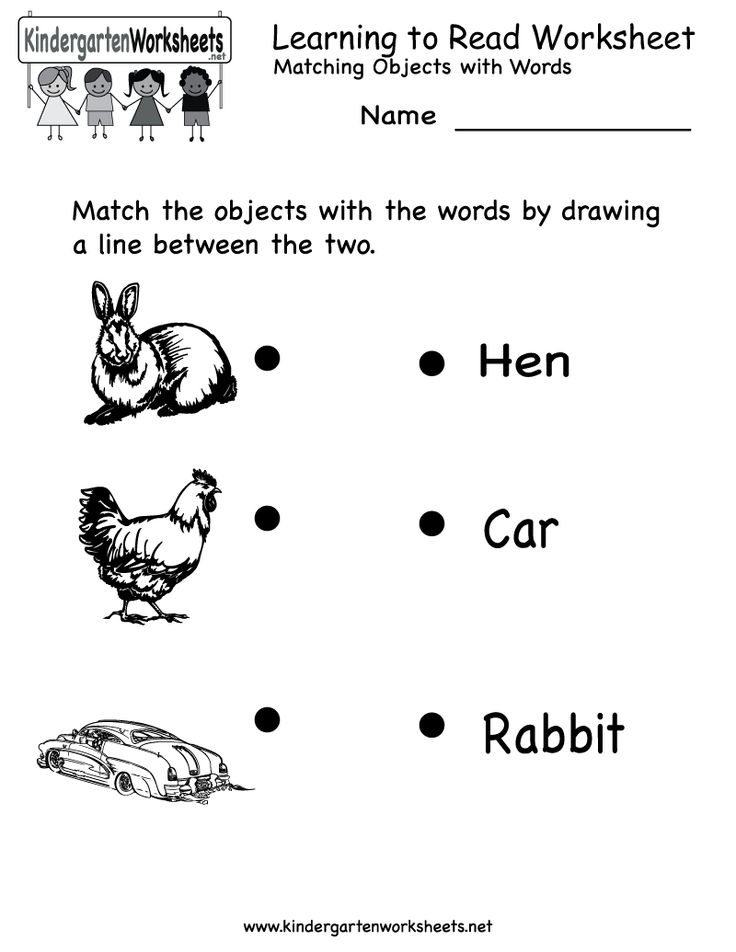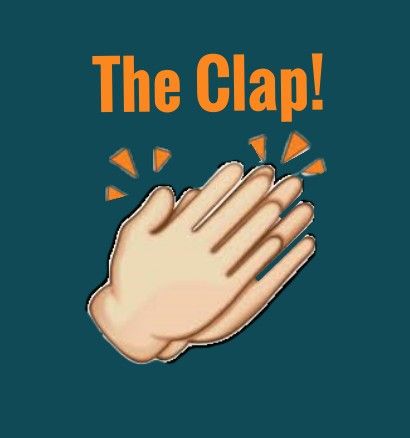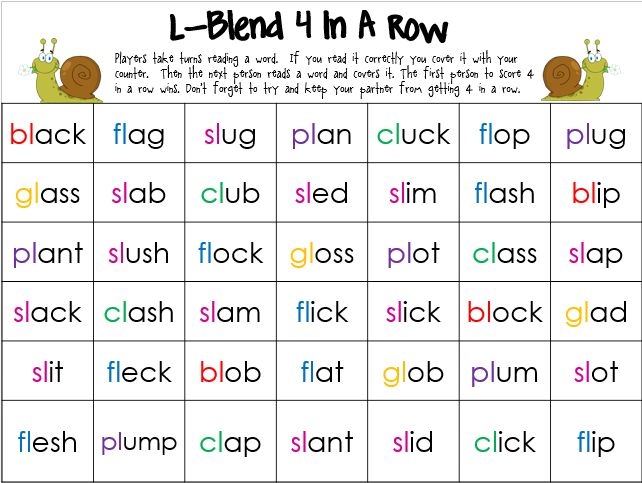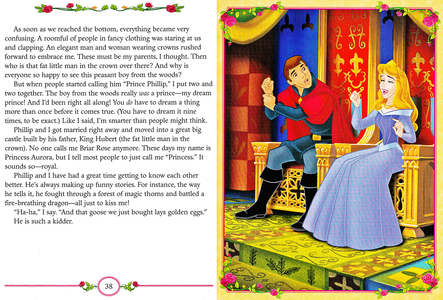Reading comprehension activities for kindergarten
Comprehension: Activities for Your Kindergartener
Just 15 minutes each day makes a big difference! Reading aloud is a great way to help your kindergartener absorb new words and see how stories are structured. It's also one of the best ways to help children learn about the world and make connections between their own lives and what's in the book — that helps children see the world with empathy. And last but not least, it's a wonderful time to snuggle up with your child and share the experience of reading and discovery together.
Remember that reading together should spark curiosity, joy, and a desire to explore and learn. Conversations about books should be enjoyable, and not a set of quizzes and questions. As you try some of the activities listed below, remember to keep it light and lively for your child.
There are so many great nonfiction and informational books for very young kids (such as the popular DK Eyewitness series and National Geographic series). Try to include some of these during your next trip to the public library. Children love learning about the real world and are proud to share what they know!
Even a walk around the neighborhood or a trip to the grocery store can be a rich learning experience for young children. A child may see an urban bunny for the first time on a walk, and then be able to connect it to stories about rabbits. These personal connections help children connect what they read with what they know — a powerful way to build comprehension skills!
Signs of good reading comprehension in kindergartners
Try these comprehension activities at home
"I predict ..."
When you sit down for a read aloud, look at the book's cover together. Ask, "What do you think this book might be about? Why? Can you make some predictions?" Guide your child through the pages, discuss the pictures, and brainstorm what might happen in the story.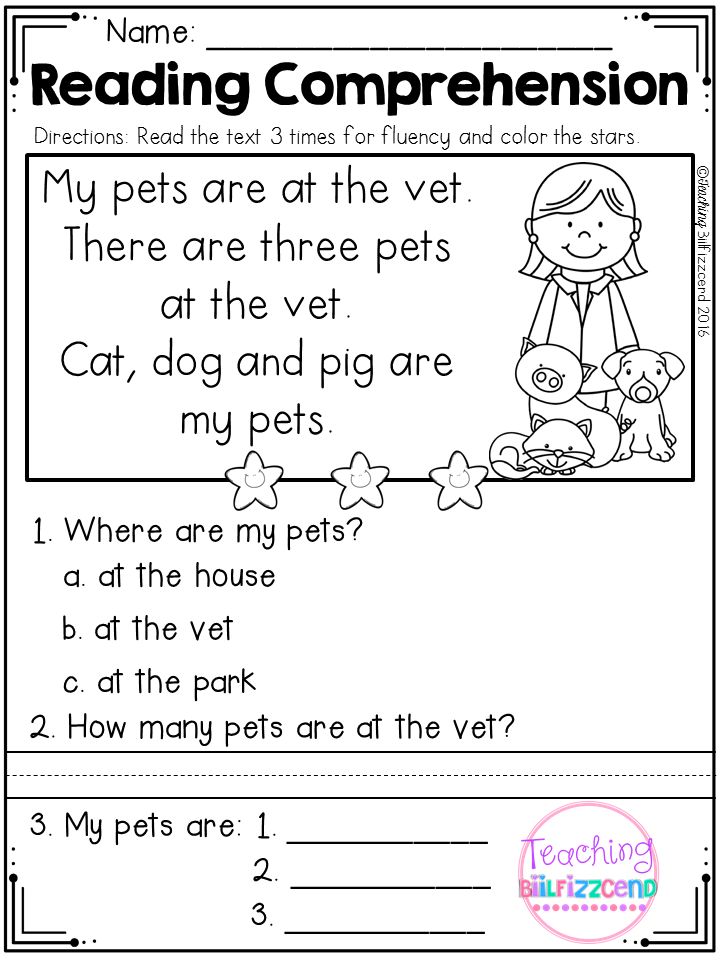 Talk about any personal experiences your child may have that relate to the story.
Talk about any personal experiences your child may have that relate to the story.
Five-finger retell
After reading a story together, have your child tell you five things about the story, using her fingers to talk about each one:
- Characters: who was in the story?
- Setting: where did the story take place?
- Events: what happened in the story?
- End: how did the story end?
- Favorite character or part of the story
Active reading
Model active reading when you read with your child. Talk about what's happening as you're reading. Stop and discuss any interesting or tricky vocabulary words. Help your child make pictures of the story in his mind. Ask your child, "What just happened here? How do you think that character feels? Have you ever felt like that? What do you think will happen next?" Not only will this develop your child’s comprehension, but critical thinking skills as well.
Mind movies
When you come to a descriptive passage in a book, have your child close her eyes and create a mental movie of the scene.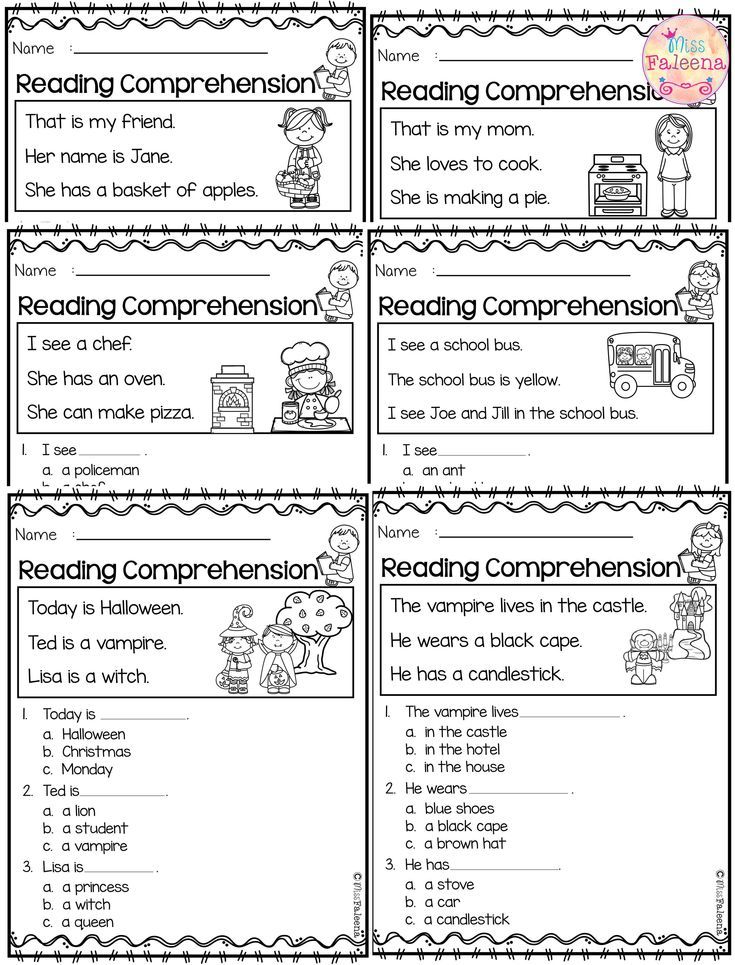 Encourage her to use all five senses. Read the passage over together, looking for details that bring the scene to life. Ask questions like, “How do you know it was a hot day? Which words help you understand that the child was lonely?”
Encourage her to use all five senses. Read the passage over together, looking for details that bring the scene to life. Ask questions like, “How do you know it was a hot day? Which words help you understand that the child was lonely?”
Tell me about it
After a read aloud, one of the best and easiest ways to check for understanding is to ask your child to summarize what the book was about in their own words. You can ask a question or two to help your child clarify her thinking or to add more detail.
Can your child tell you what happened in the story?
This video is from Home Reading Helper, a resource for parents to elevate children’s reading at home provided by Read Charlotte. Find more video, parent activities, printables, and other resources at Home Reading Helper.
Think alouds
Connect the book to your child's own life experience.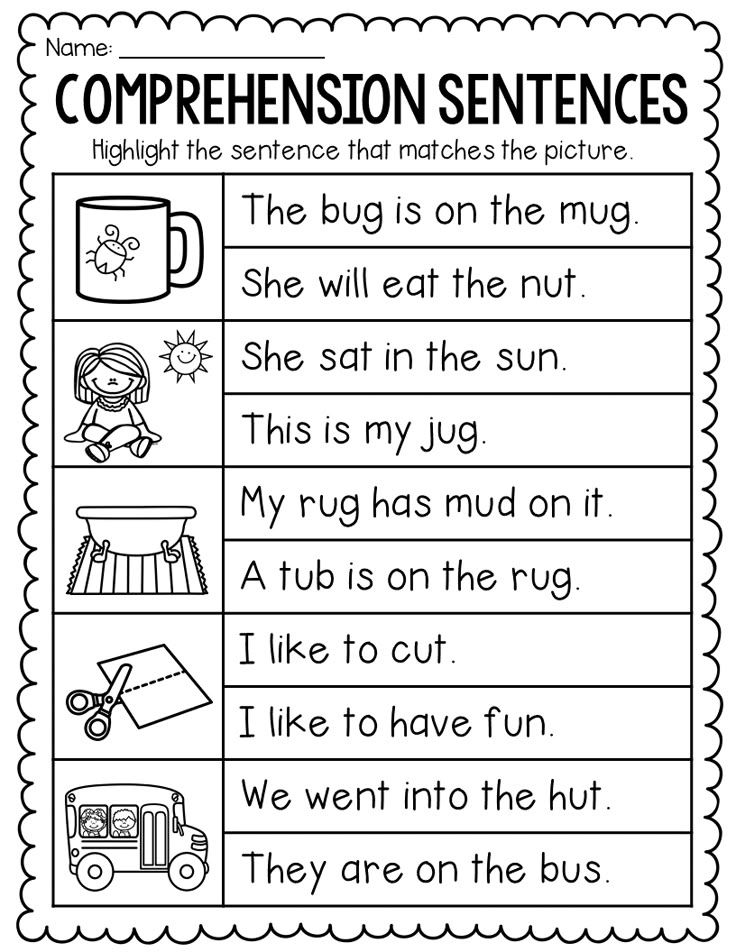 For example, A River Dream: "This book reminds me of the time my father took me fishing. Do you remember the time we went fishing?"
For example, A River Dream: "This book reminds me of the time my father took me fishing. Do you remember the time we went fishing?"
Connect the book to other books they have read. For example, Mufaro's Beautiful Daughters: "This story reminds me of Cinderella. Both stories are about sisters. Do you know any other stories about nice and mean sisters? Let's keep reading to find out other ways the stories are similar."
Connect the book to big ideas/lessons. For example, Stellaluna: "This story helps me understand that we are all the same in many ways, but it's our differences that make us special."
Wordless
Wordless picture books provide your child with practice using clues to create meaning. There are no wrong stories with wordless picture books, only variations based on what the "reader" sees and puts together. Rosie's Walk, Good Dog, Carl, and Beaver Is Lost are all interesting and fun wordless picture books to explore. Find more wordless books on BookFinder.
Find more wordless books on BookFinder.
Family stories
This is a wonderful activity for a family picnic or for a rainy day when you're snuggled together on the couch. Share a favorite story about your childhood or a family story that's been passed down from generation to generation. Use vivid language and details about people, places, and things. Funny or scary will really get your child's attention! Your child will probably have lots of questions, which keeps the storytelling alive. You could also ask your child if she has a favorite family story of her own.
How sharing your stories helps kids with reading
Beginning readers love to hear stories about a parent's childhood! A parent's stories help children learn new vocabulary, story structure, and comprehension. (From GreatSchools)
Map this book!
Draw a map of the book's setting, and be sure to include the places where the main action happens!
Beginning-middle-end
This is a great way to see if your child understands the main parts of a story. After reading a book together, give your child three sheets of paper, with "beginning" on one sheet, "middle" on the second sheet, and "end" on the third sheet. Ask your child to think about the three parts of the story, and then draw what happened on each on the sheets. Arrange the sheets in order, left to right. What happens if you re-arrange the sheets? Does the story still make sense?
After reading a book together, give your child three sheets of paper, with "beginning" on one sheet, "middle" on the second sheet, and "end" on the third sheet. Ask your child to think about the three parts of the story, and then draw what happened on each on the sheets. Arrange the sheets in order, left to right. What happens if you re-arrange the sheets? Does the story still make sense?
Words, words, words
Be sure to include books with rich vocabulary in your read alouds and call attention to interesting words and phrases from the story. This may include repeated phrases or idioms (such as "get cold feet" or "I'm all ears"). Offer a kid-friendly definition and connect the new word or phrase to something your child already knows.Talk about how the author used language or words to make the text interesting, informative, funny, or sad.
Picture walk
Talk about the book before you read it. Show the cover illustration and ask your child to predict what the book is about.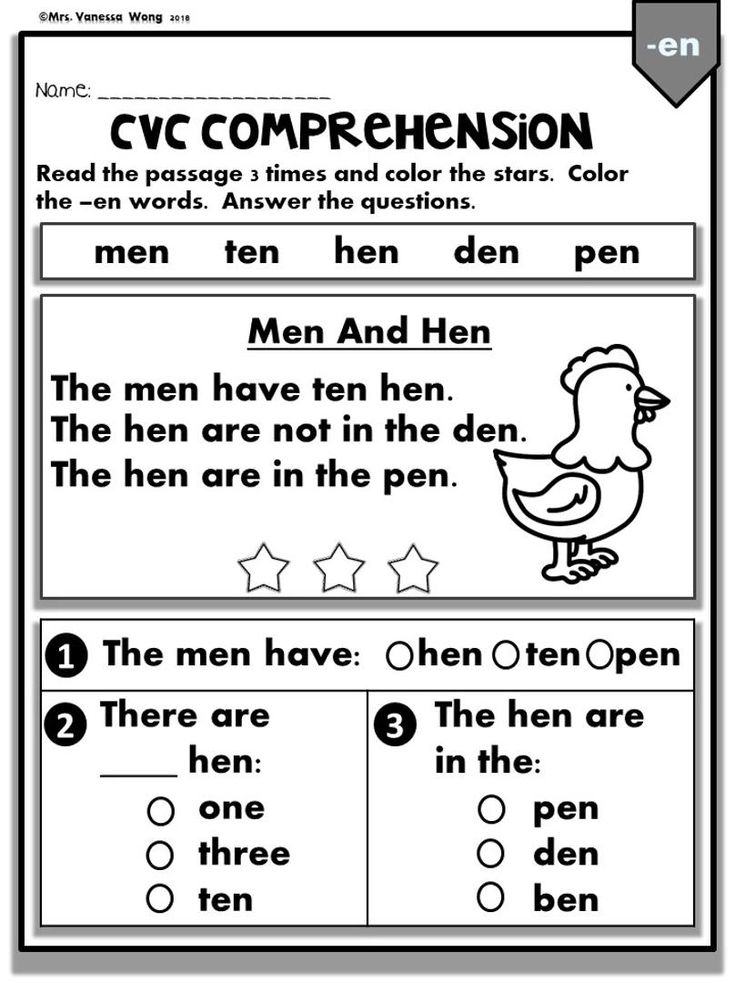 Flip through the book, look closely at the pictures together, and talk about what's on the jacket flaps.
Flip through the book, look closely at the pictures together, and talk about what's on the jacket flaps.
Take a picture walk
This video is from Home Reading Helper, a resource for parents to elevate children’s reading at home provided by Read Charlotte. Find more video, parent activities, printables, and other resources at Home Reading Helper.
Remember when ...?
Connect what your child reads with what happens in life. If reading a book about birds, relate it to birds you've seen on walks in your neighborhood.
Story detectives
As you read with your child, stop and ask questions such as: What’s happening in the picture? Why do you think the puppy is sad? Have you felt that way yourself? Why do you think the spider wanted to help the pig? What do you think is going to happen next? How do you think the story will end? Take turns and let your child to “be the detective” and ask you questions about the book.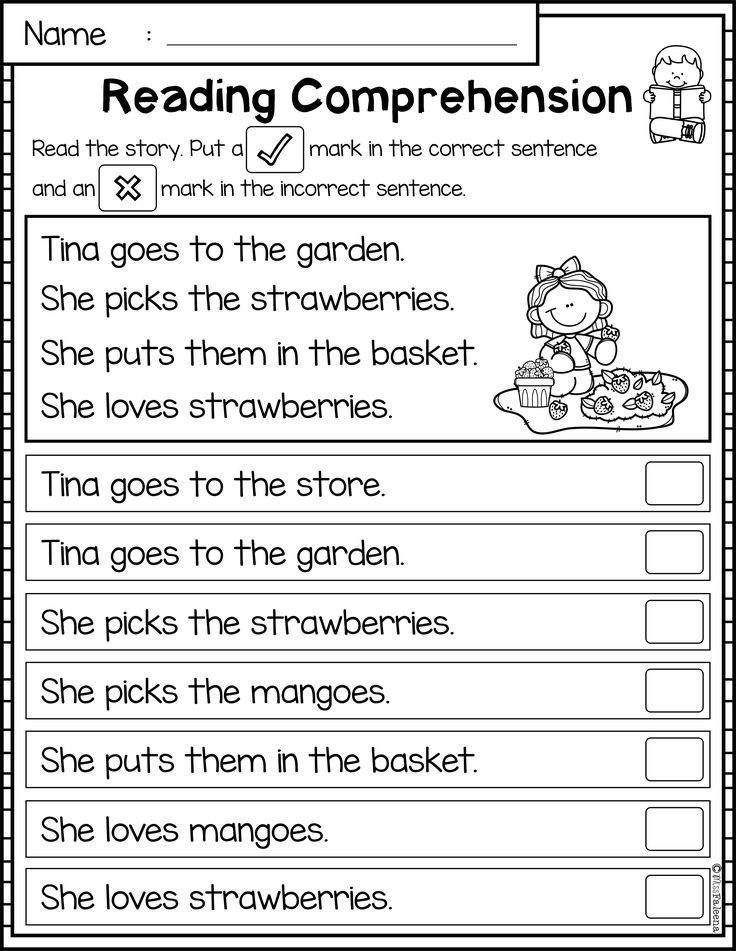 Not only will this develop your child’s comprehension, but critical thinking skills as well.
Not only will this develop your child’s comprehension, but critical thinking skills as well.
Picture the character (Part 1)
Try this activity from the Florida Center for Reading Research (FCRR). The FCRR "At Home" series was developed especially for families! Watch the video and then download the activity: Picture the Character. See all FCRR comprehension activities here.
Picture the character (Part 2)
Try this activity from the Florida Center for Reading Research (FCRR). The FCRR "At Home" series was developed especially for families! Watch the video and then download the activity: Picture the Character. See all FCRR comprehension activities here.
More comprehension resources
30 Reading Comprehension Activities for K/1
Reading is everywhere. As an adult, you have to read books, lesson plans, emails, texts, posts, blogs, recipes, directions, etc., every single day. So you already know how essential it is for your young students to become proficient with reading skills. And comprehension and comprehension activities are vital for reading.
Our students must, in simplest terms, gain meanings from what they hear us read and what they read to themselves. I am sure you do frequent read alouds with your littles and have become masters of asking the right questions. And, you probably have developed a ton of strategies to check for understanding. But, I’d like to add to your tool chest these 30 Reading Comprehension Activities; #10, #13, and #26 are frequently used activities in my room!
Activities for Whole Group!
- Comprehension Purpose Questions.
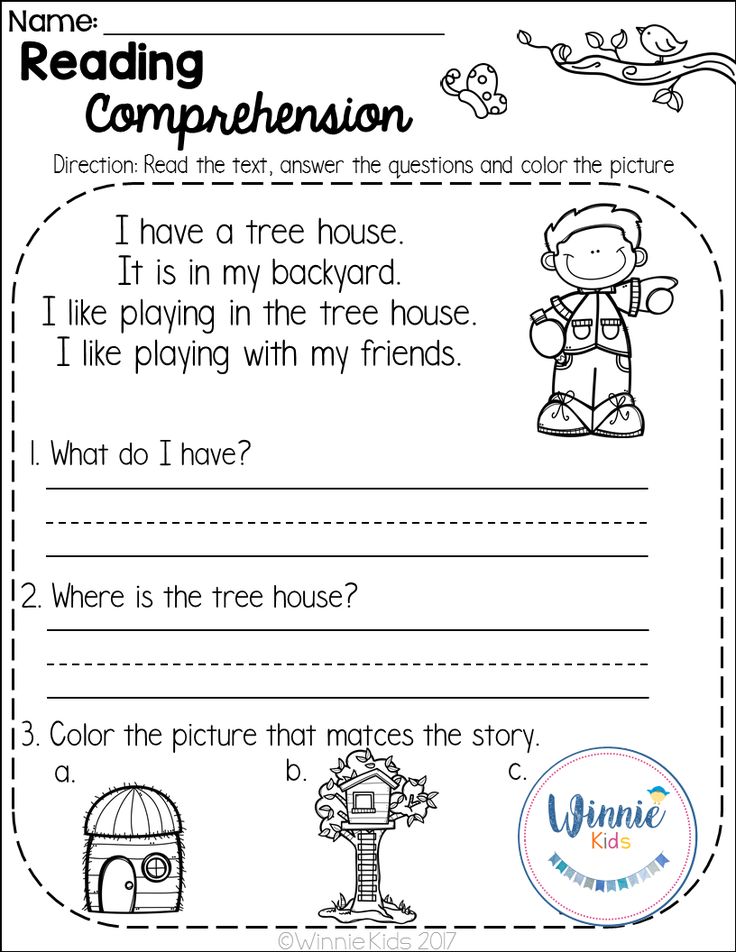 I am sure you don’t need me to tell you how squirrelly some of our kinder and firstie students can be when it comes to listening quietly during read alouds. Before reading, give a purpose question that students need to listen to the text if they hear the answer. Then, allow the excited blurt-outs that will occur when they hear the answer. If some kids miss hearing the answer, they definitely will be listening to their friends and repeating!
I am sure you don’t need me to tell you how squirrelly some of our kinder and firstie students can be when it comes to listening quietly during read alouds. Before reading, give a purpose question that students need to listen to the text if they hear the answer. Then, allow the excited blurt-outs that will occur when they hear the answer. If some kids miss hearing the answer, they definitely will be listening to their friends and repeating! - Think Aloud Prompts. Just like above, students repeat what they hear and see! While reading out loud, ask yourself questions out loud as well. Hmm, I wonder what Goldilocks will do next. Gosh, I wonder why she did that. Model, model, model how your kids should be thinking while they are reading!
3. Story Structure. Story structure can be as simple as discussing the title, author, and illustrator then going into plot or problems and solutions. Or you can take the following steps by discussing the beginning, middle, and end of the books you read.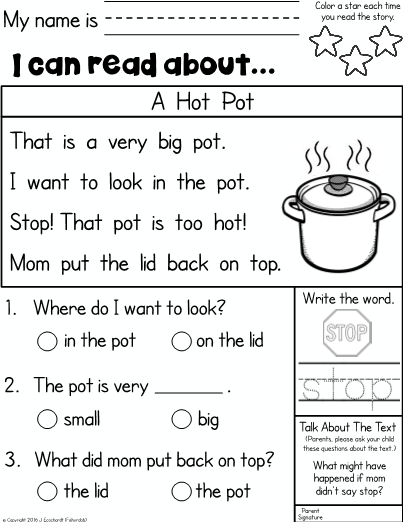 To demonstrate understanding, I give my students a sheet of construction paper that I folded into thirds. Initially, the students draw a picture of the beginning of the story on the first fold. In the middle fold, they draw a picture of the middle of the story, followed by the ending on the last third. As my students progress, we add in words and then sentences.
To demonstrate understanding, I give my students a sheet of construction paper that I folded into thirds. Initially, the students draw a picture of the beginning of the story on the first fold. In the middle fold, they draw a picture of the middle of the story, followed by the ending on the last third. As my students progress, we add in words and then sentences.
Comprehension Activities to Guide Your Groups More!
4. Question Popsicle Sticks. For this activity, write the 5W questions on popsicle sticks. If you wish to go beyond the 5W questions, check out this blog! Randomly pull sticks or have the students pull sticks, and those become your questions for that story.
5. K-W-L Charts. I enjoy hearing from my students before a story. I show them the book, and we study the cover while discussing the title. Or, if I am introducing a topic, I will tell the kids what we will be learning about today. Then, the kids tell me what they know about the subject. I excite them about the book or topic, and the kids tell me many things they want to learn. After, we write down all of the things we learned! The kiddos love sharing!
I excite them about the book or topic, and the kids tell me many things they want to learn. After, we write down all of the things we learned! The kiddos love sharing!
And a Few More Group Activities!
6. Story Walk Retells. After my kiddos sit for a story, I need to get them up and to move! You can use a long piece of butcher paper and create a “Pathway” down the center for students to walk along as they retell a story. I recommend making the pathway as a class. Along the path, have visual reminders of essential pieces in a retell. (Character, Setting, Events, Problem, Solution)
7. Making Connections. By making text-to-life connections and activating prior knowledge, students become invested in their reading. Connections can be a powerful tool to keep them engaged and motivated when working on their reading skills. Furthermore, connecting what your students are reading to their lives and activating prior knowledge may help them retain more of their reading.
8. Story Beach Ball or Story Cube. Teachers can purchase pre-made beach balls from various companies, but the easiest and cheapest is buying and blowing up a beach ball on your own and writing your questions. After a story, kids softly toss the ball, and whatever question their right-hand lands on (good practice for right and left hands) is the question. Keep passing, so all kids get a turn if you wish. It is ok if kids get the same question because repetition is helpful for all for comprehension!
9. Mirrors and Windows. Mirrors are books you can see yourself in, making personal connections. A book that is a window allows our students to look into someone else’s life and gain perspective. Both types improve our understanding and comprehension! Choose books that will enable your students to see in the mirror but also look through the window! For a great blog on this topic by Lanesha Tabb and Education with an Apron, click the link!
Comprehension Activities for Small Group or Individual Work
10.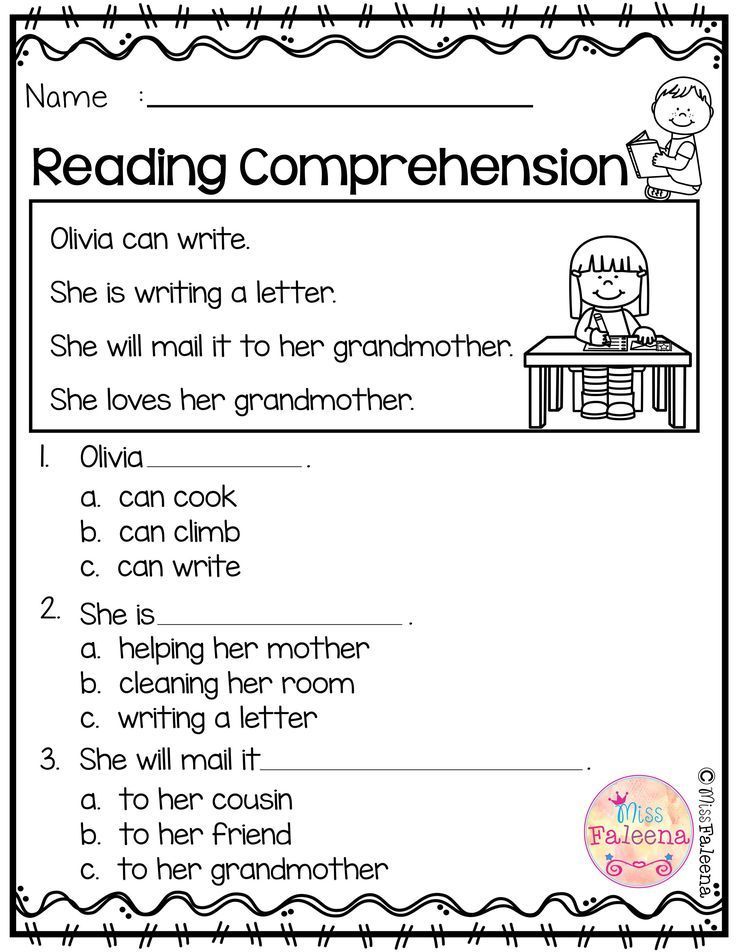 Directed Draw & Write. Kids enjoy drawing about things they read or hear, so you could give paper and have students draw a picture from the story with an accompanying sentence. ETTC has some fabulous Directed Drawings where kids follow the directions to create their image and then complete comprehension activities around the picture. Click the link to get on the list for our newest Directed Drawings!
Directed Draw & Write. Kids enjoy drawing about things they read or hear, so you could give paper and have students draw a picture from the story with an accompanying sentence. ETTC has some fabulous Directed Drawings where kids follow the directions to create their image and then complete comprehension activities around the picture. Click the link to get on the list for our newest Directed Drawings!
11. Comprehension Strips. These Quick Comprehension Strips are great for Literacy Centers for Quick Comprehension Checks, Comprehension Practice, Megacognition Activities, Warm-Up Activities, and Intervention Activities! 100 strips in all!
12. Sentence & Picture Match-ups. With this activity, I use picture cards that I already own in my classroom. I then write corresponding sentences on word strips from the Dollar Tree (30 in a pack for $1.00!). During centers or stations, students match the picture to the sentence.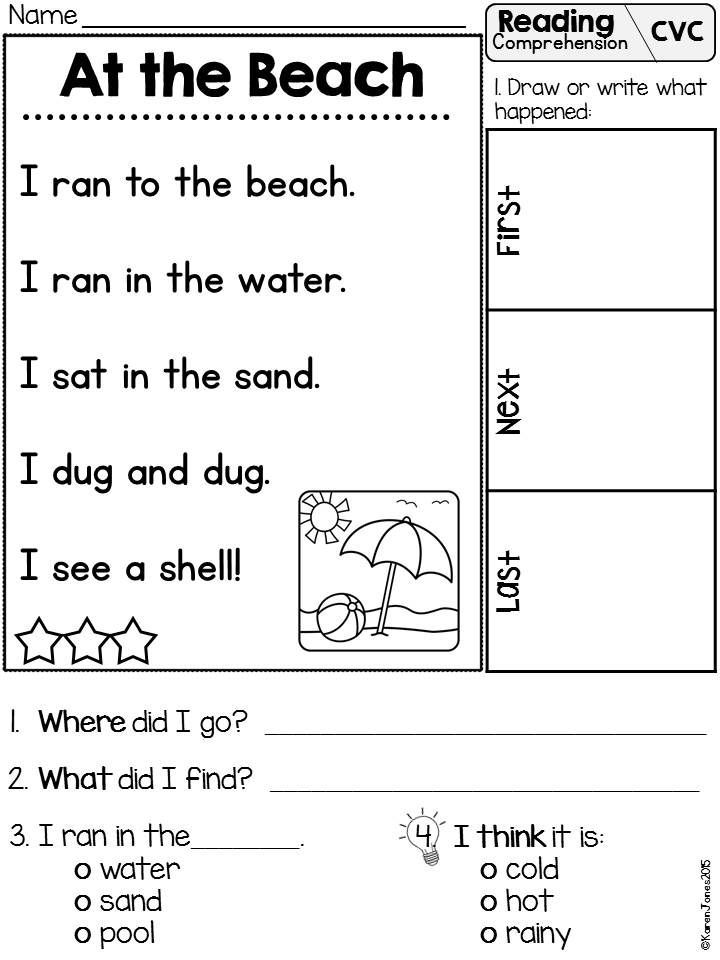
13. 5 Finger Story Retells. (CORE BINDER) Your thumb is the setting, the index finger is the characters, the middle finger is the problem (beginning), the ring finger is the events in the middle, and pinkie is the solution (ending). If you don’t have our great resource, CORE Binder, which has several five-finger options, including the visual below, the students can trace their own hands and fill in all the information!
14. Sequencing Activities. Our Digital Sequencing Activities, including 14 interactive sequencing mats and 9 sequencing stories, are great for practicing sequencing with your students.
15. Silly Sentences Mix Up. Using my Dollar Tree words strips, I cut sentences that are silly into words. The kids love to mix and match the words to make even more ridiculous sentences. They then draw a picture that matches their sentences. So easy, but the kiddos love it!
More Comprehension Activities
16.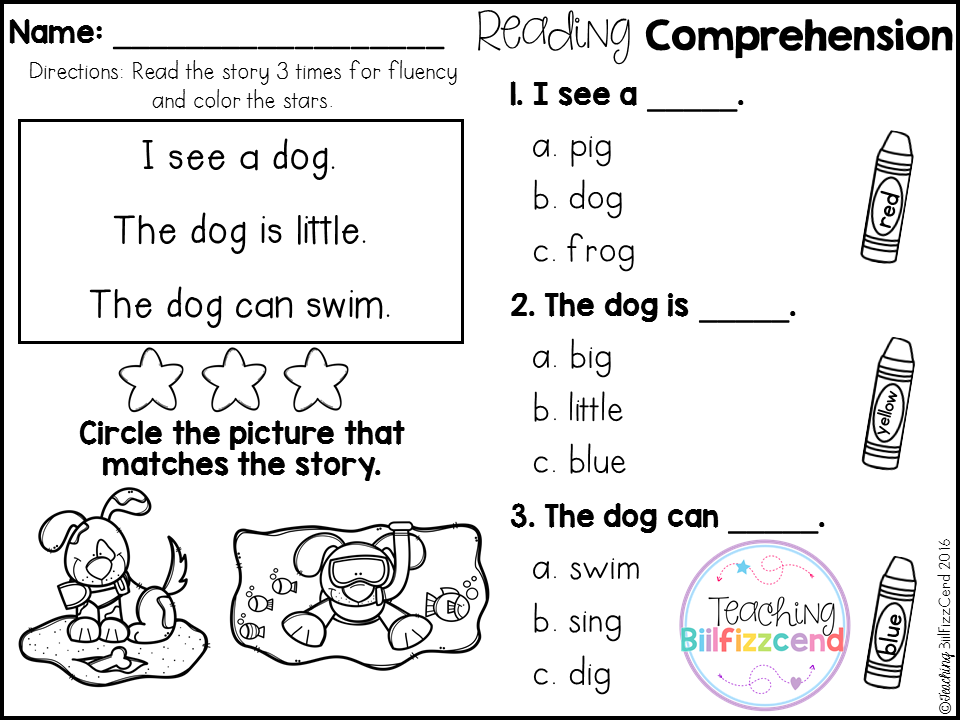 Alphabet Foldable Books. Three versions come with these adorable Alphabet Foldable Books that allow you to differentiate with your students! Not sure if this product is right for you kinders or firsties? Try a freebie!
Alphabet Foldable Books. Three versions come with these adorable Alphabet Foldable Books that allow you to differentiate with your students! Not sure if this product is right for you kinders or firsties? Try a freebie!
17. Graphic Organizers. Graphic organizers let students process information both visually and spatially, which encourages them to internalize the material. The very nature of graphic organizers enables students quite literally to see the connections in what they are reading.
There is a slew of graphic organizer products out there, or you can even have your students create their own! Here are some examples of how you can pair graphic organizers to any unit you teach! Find more close reading units with graphic organizers here!
18. Map Story Setting. I am not an artist says every teacher who is about to write on the board! Fortunately, my students think I am Van Gogh! I draw a big blob shape on the board, and then they tell me different things from the story that I need to add for the setting.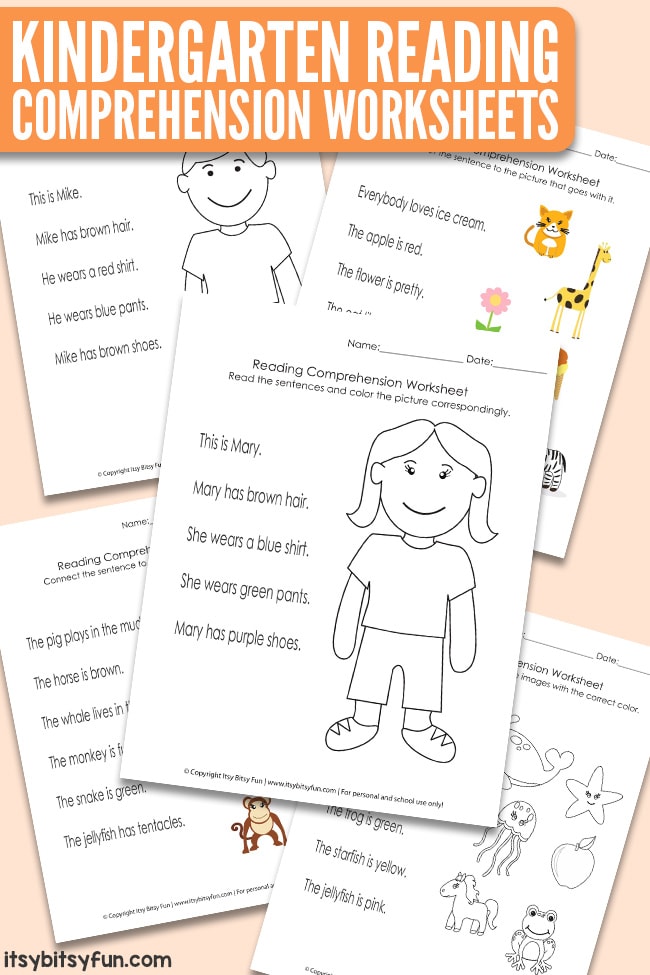 So much fun for them, and what a great social skills lesson that everything doesn’t have to be perfect!
So much fun for them, and what a great social skills lesson that everything doesn’t have to be perfect!
Bonus Activity: If starting with a shape or line and then having your students transform that into a picture that they will then write about sounds great, try Transformation Station. And what’s a bonus without a freebie?
Keep Those Activities Coming!
19. Picture the Character. Have you ever asked your students to draw a picture of someone other than themselves? Sometimes, the results are hilarious! We close our eyes and visualize the main character before drawing.
20. Character Comparisons. Whether using a Venn diagram or another graphic organizer, I always make a character comparison for my stories. Sometimes, we compare good vs. evil, and other times, we pick two characters from the story. This lesson ties in nicely to both character traits and adjectives!
21. Practically 1st Grade Reading Comprehension Passages and Questions.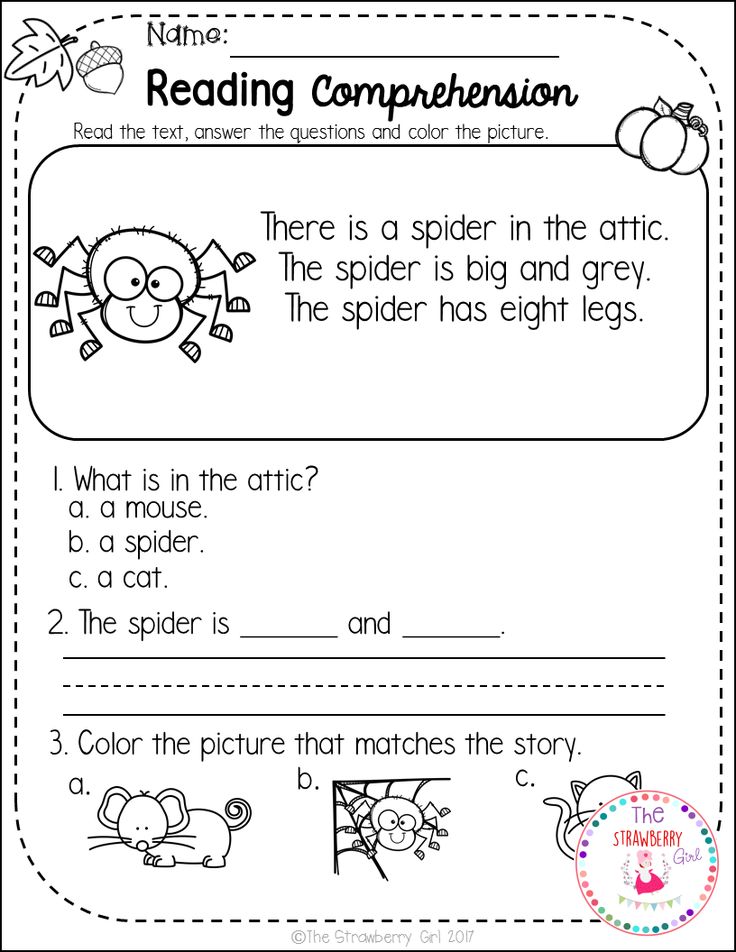 The differentiation with these ETTC Practically 1st Grade pages is fantastic! Students can fill in the blanks, circle choices, or write a sentence from the vocabulary bank. Building up fluency helps comprehension, and these are leveled just perfectly for late K or beginning First!
The differentiation with these ETTC Practically 1st Grade pages is fantastic! Students can fill in the blanks, circle choices, or write a sentence from the vocabulary bank. Building up fluency helps comprehension, and these are leveled just perfectly for late K or beginning First!
22. Mind Movies (Visualization). Expanding on #19, we spend time visualizing the plot, setting, problems, and resolution and draw our visions onto lengthy strips of paper folded in strips as if it was a reel of the film!
23. 3-2-1 Strategy. After students complete a passage, ask them to write down 3 things they learned, 2 interesting things, and 1 question. By using this simple strategy, you not only boost their engagement but you allow them to improve their reading comprehension purposefully. You can find this in our CORE Binder as well!
And Finally
24. More than Books. Allow your students time to explore nontraditional reading material that interests them.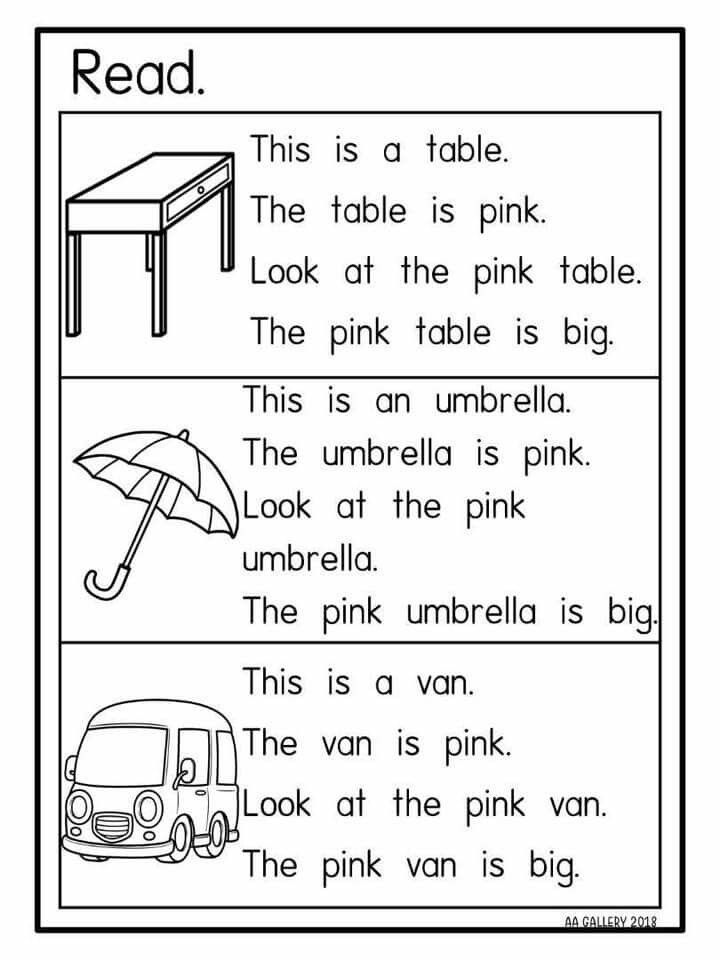 Other materials will motivate them and keep them excited about reading, but they will offer reading challenges that typical texts may not. Suggest material like newspapers, magazines, recipes, comic books, blogs, or song lyrics! Keep it fresh and fun, and your students will be dying to read more!
Other materials will motivate them and keep them excited about reading, but they will offer reading challenges that typical texts may not. Suggest material like newspapers, magazines, recipes, comic books, blogs, or song lyrics! Keep it fresh and fun, and your students will be dying to read more!
25. Technology. Technology is the perfect way to not only get your kids excited about reading but offer them the opportunity to work on a variety of reading skills. If you don’t have it yet, ask your school for Readingatoz.com.
26. Literature Centers for First Grade. Who doesn’t want 120 non-seasonal first-grade centers for the entire year, including our 24 kindergarten literacy centers?
27. Turn & Tell. Let’s all agree here that Kindergarten and First-Grade students love to talk to their classmates. Ask a group question after a story, then have the kiddos turn and tell their neighbor their answer. Turn & Tell works best when the questions are open-ended and require some thought before responding.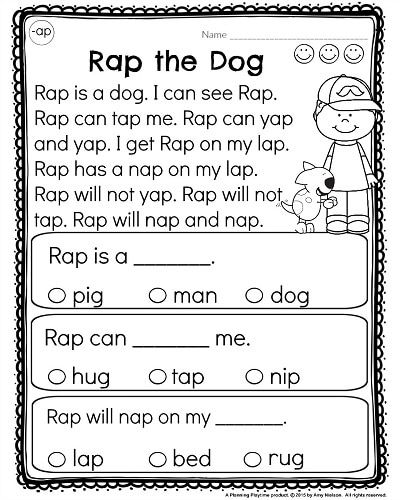
28. Simon Says. To be able to comprehend, our students need to be able to listen and follow directions. Playing Simon Says will boost your students’ abilities to do both!
29. Act it Out. Many of our students love to entertain, and what better way than acting out the stories they have heard!
30. Scavenger Hunt. I have increased my scavenger hunt game since distance learning occurred. And now that we can move around the building more, I love setting up scavenger hunts with clues requiring thinking and comprehension. The kids have a lot of fun, and usually, the result is something simple and cheap!
So, we have given you 30 great ideas for comprehension activities for your kiddos to give your students a great learning base for their literacy! I hope you were able to grab some tricks to use in the fall! Let us know in the comments if you have any additional activities to add to this list!
WRITTEN BY – SUZANNE KELLEY
At Education to the Core, we exist to help our teachers build a stronger classroom as they connect with our community to find trusted, state-of-the-art resources designed by teachers for teachers.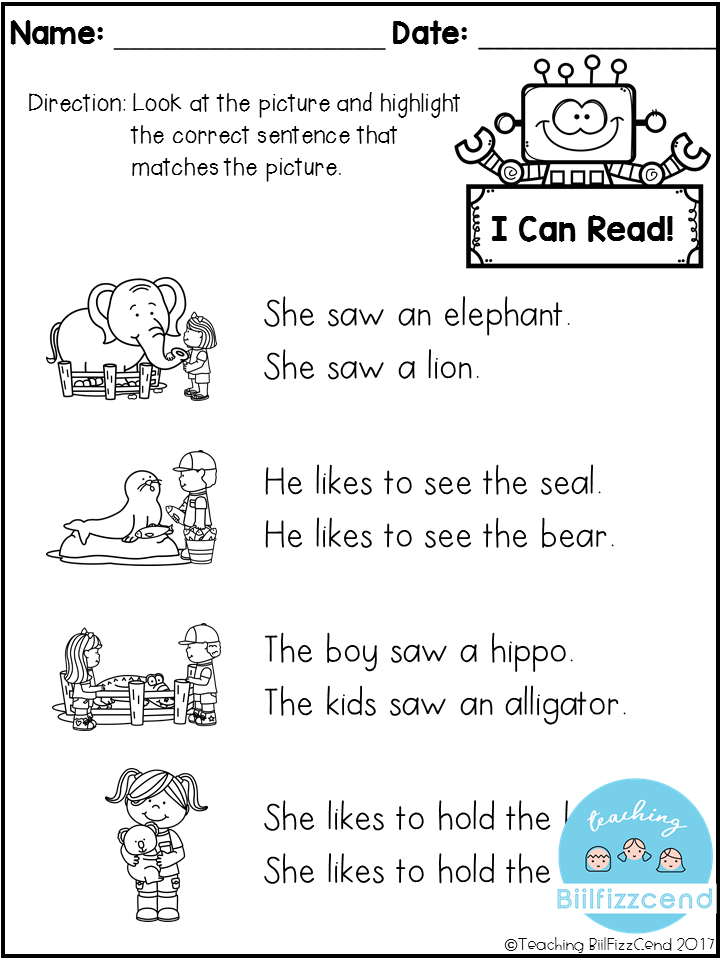 We aspire to be the world’s leading & most trusted community for educational resources for teachers. We improve the lives of every teacher and learner with the most comprehensive, reliable, and inclusive educational resources.
We aspire to be the world’s leading & most trusted community for educational resources for teachers. We improve the lives of every teacher and learner with the most comprehensive, reliable, and inclusive educational resources.
If you enjoyed what we have to offer at ETTC, be sure to join our email list so that you won’t miss a beat.
Comments
comments
| Development reading techniques. Reading - is a complex psychophysiological process in which visual, speech-motor, speech-auditory analyzers. It is customary to characterize reading skill, naming its four qualities: correctness, fluency, expressiveness and consciousness (semantic component). 3 first components called technical, they characterize the child's reading technique. Quality like correctness is defined as fluent reading without distortion affecting meaning readable. Reading fluency is characterized by a certain number of words spoken per minute. The reading pace is direct dependence on the way of reading and, of course, understanding. expressiveness manifested in the ability to reasonably use pauses; do boolean stress; find the right intonation, prompted by punctuation marks; read quite loud and clear. Offer exercises to develop reading skills: 1. A column of words. Alternately read the words aloud in a column of words, trying in one minute read this column more and more times. 2. Write letters and read them. Sound workout. a-o-u-s-i-e; a-y, a-o, y-i, uh, uh, aouie, aiuoe; s-z-zh, sh-zh-s, zha-cha-shcha, zhba-zhbe. 3. Read tongue twisters, each time increasing the pace. 4. Select from given the text of the word, in which 4-5 syllables, learn how to pronounce them. 5. Photo eye game. Take a picture (memorize) a few words written by adults and answer to the question, is the word that the adult says in the list or not? 6. Find the desired line in the text (the exercise trains the vertical movement of the eyes across the page). 7. Speed comparison reading known text and unfamiliar. 8. Adult Reading (the exercise develops the speed of pronunciation of words). 9. Find in one minute in the text of the word to any letter. 10. Find a second half word: kos ---- no one's mo ---- ment ko ---- on the forest ---- ta ro ---- wok go ---- sa steam---mos co----torus weight---rod. Organization works: 1. Start a reader's diary, which indicates the author of the work, its title, measurements of technique reading. 2. Check understanding of the read text when measuring the reading technique, using the following options assignments: the child must answer the questions of an adult after reading the text, he make up questions, come up with the title of the read text, formulate main idea, retell the text. 3. When checking equipment read prepositions and conjunctions as whole words. 4. Do not read daily less than 20-30 minutes, 5 minutes training in reading technique, i.e. read the same text several times, each time noting how many words were read per minute, trying to get closer to the norm. 5. Recommended texts writers: A.S. Pushkin, L.N. Tolstoy, M.M. Prishvina, N.N. Nosova, V.V. bianchi, V.Yu. Dragunsky. Here are some more useful tips: 1. Not important duration and frequency of training exercises. What is often possible observe in many families? Mom sits down her son, who is ill reads, for a book and says the following: "Read this tale. Until If you read it, don't leave the table." With that low reading technique, which possessed by a first grader, it takes him an hour and a half to read this short fairy tale. This is an hour and a half of very hard work. Mom allows here a very serious pedagogical error, suppressing the child's desire to read. 2. Good results gives reading before bed. The fact is that the last events of the day are recorded emotional memory, and those eight hours when a person sleeps, he is under their impression. The body gets used to this state. 3. If the child is not likes to read, then a gentle reading mode is necessary. Indeed, if the child is not likes to read, this means that he has difficulty reading. Mode sparing reading is such a mode when the child reads one or two lines and after that he will get a short rest. This mode is automatically it turns out if the child looks at filmstrips; two lines under the frame read, looked at the picture — rested. The next frame - again two lines read, looked at the picture again. 4. Found that the development of reading technique is often hampered due to underdeveloped operational memory. What does it mean? For example, a child reads a sentence consisting of 6-8 words. Having read up to the third or fourth word, I forgot the first word. Therefore he cannot grasp the meaning of the sentence in any way, cannot link all the words together. In this case, you need to work on the RAM. This is done with with the help of the so-called visual dictations, the texts of which are developed Professor I. T. Fedorenko. In each of the 18 sets, there are six sentences. The peculiarity of these sentences is this: if the first sentence contains only two words - Snow is melting—8 letters, then the last sentence of the eighteenth set already consists of 46 letters. The increase in the length of sentences occurs gradually, according to one or two letters. 5. Visual dictations. Six sentences of one of the sets are written on a piece of paper and closed with a sheet paper. Then the sheet is shifted down so that the first sentence is visible, and the child reads to himself for a certain time, trying to remember it sentence. The exposure time is usually short: from four to seven seconds. By after this time, the offer is closed and the child is invited to write down him in a notebook. Perhaps someone in the recording process will say: I don’t remember sentence. How to be in this case? You have to be very calm. Without irritation, kindly say: Well, write down what you remember, and in try to remember more next time. 6. Most effective exercises are the following: repeated reading, reading in tongue twister tempo, expressive reading with a transition to an unfamiliar part text. When conducting repeated reading should take into account that the speed of reading in children is different. Therefore, it is carried out in this way. After the start of a new story read by the parent and understood, comprehended by the child, the latter reads the text in for one minute, after which he notes to which word he managed to finish reading. Better to change the job and practice the articulatory apparatus on the same passage of the text, i.e. use the following exercise of the Fedorenko-Palchenko system (reading at a pace Tongue Twisters). When reading at the pace of a tongue twister, attention should not be paid to expressiveness reading, it is impossible to set two mutually exclusive tasks at the same time. This exercise is intended only for the development of the articulatory apparatus, therefore, the requirements for the expressiveness of reading are lowered here, but they are increased requirements for the clarity of reading the endings of words. Then the third begins an exercise. Invite the child to read the text again, but a little slower, but beautiful and expressive. Do not stop the child, let him read the text before end. He smoothly moves to an unfamiliar part of the text. And here is done a small miracle, which consists in the fact that a child who has repeatedly read the same passage of text at an increased pace of reading, when switching to unfamiliar part of the text continues to read it at the same increased pace. His opportunities are not enough for a long time (half a line, a line), but if every day to carry out such exercises, then in the end the duration of reading at an increased tempo will increase. After two to three weeks, the child's reading is noticeable will improve. 7. Now the last one recommendation - assessment as a stimulus for children. At the end of the reading session Invite your child to self-measure reading speed. So, the importance of control over the formation of the skill of fluent reading, in my opinion, it is difficult to overestimate. As a result of this work, the difficulty in reading is removed, student fear and insecurity. They develop a love for reading. Materials used in the article - Nikitina M. I. Reading and speech development: Educational and methodological allowance - St. Petersburg: KARO, 2006 - 256 p. - (Series "Correctional Pedagogy"). Kostromina S.N. Study for five in reading. How?.-M.:AST, 2008, 224p. Omorokova M.I. Improving the reading of younger students.
|
How to easily teach a child 4-6 years old to read - the best methods and exercises there is no ready answer, but we want to immediately warn against two misconceptions:
-
"You don't have to teach your child to read at home, they will teach you at school anyway." Yes, they will. But remember: the first year at school is the most intense in all 11 years of study. For some 4-5 months in the 1st grade, the child goes through the alphabet "from" and "to", learns to read, write, and the rest of the time he studies the basics of the Russian language. Therefore, it will be great if he has a reading skill before school. This will reduce the burden on the child.
-
"There is no time to waste - the sooner the baby begins to read, the better." All children are different and develop at their own pace.
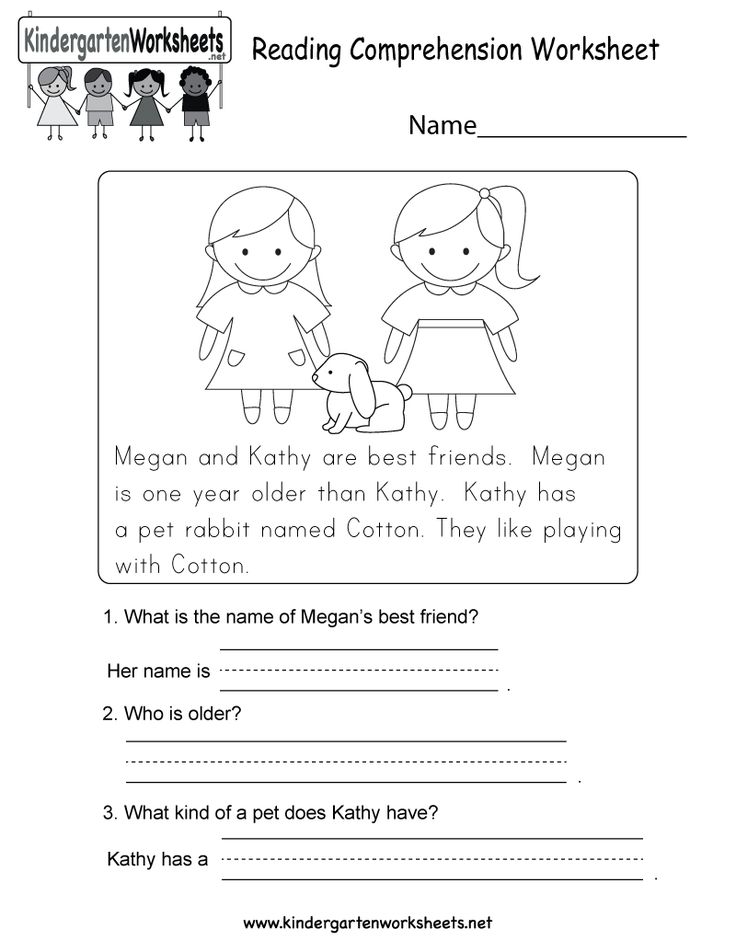 Therefore, you should not impose teaching reading to a preschooler as soon as he is 4-5 years old, if the student himself does not yet show interest in this activity. Instead, you can begin to develop an interest in reading through bright and engaging books. A good option would also be games that involve letters.
Therefore, you should not impose teaching reading to a preschooler as soon as he is 4-5 years old, if the student himself does not yet show interest in this activity. Instead, you can begin to develop an interest in reading through bright and engaging books. A good option would also be games that involve letters.
The indicator to be guided by is not the age of the preschooler, but his speech skills.
It's time to learn to read if...
If the speech development of a preschooler proceeds without gross violations. Let's figure out what criteria will help you find out if a child is ready to learn to read:
-
Understanding addressed speech. The kid must understand sentences, phrases, individual words that others around him turn to.
-
Vocabulary.
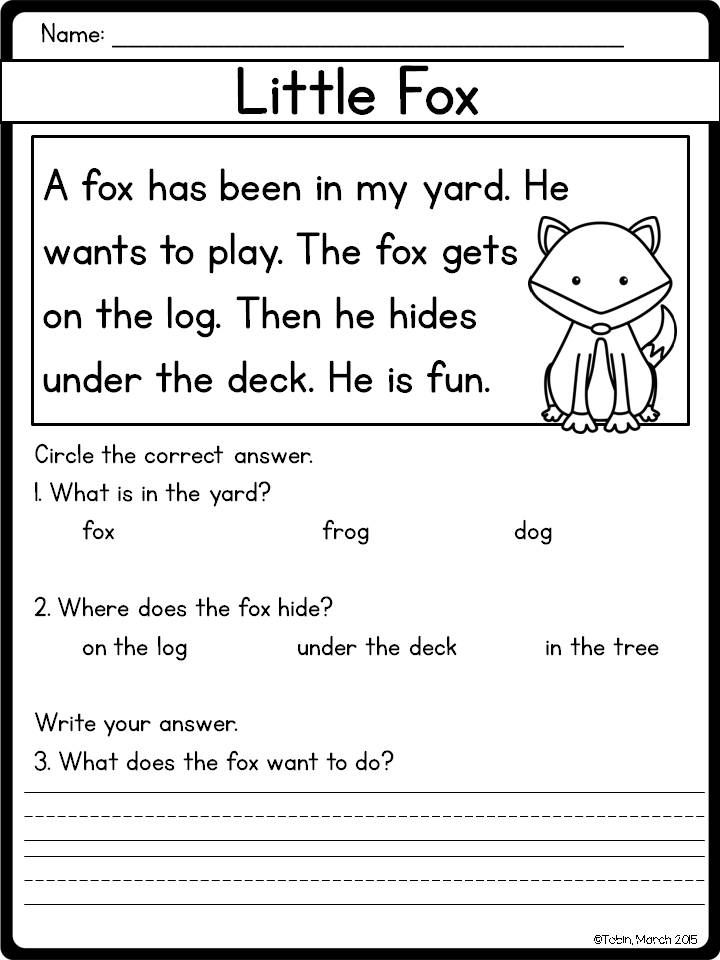 The more words a child knows, the better he will understand what he read. It will also help him communicate with adults and other children.
The more words a child knows, the better he will understand what he read. It will also help him communicate with adults and other children. -
Grammar. The ability to correctly build sentences, select and change words is important for children who are learning to read.
-
Pronunciation. For learning to be effective, the child must know how to pronounce words without gross errors.
Remember: at preschool age, a child may have minor flaws in grammar and pronunciation - this is normal. Over time, these violations will be corrected, and they should not be considered an obstacle to reading. But if the baby is not yet very confident in speaking, do not rush him to read - this will not help develop speech, but only demotivate.
Practicing child psychologist Ekaterina Murashova
Free course for modern moms and dads from Ekaterina Murashova.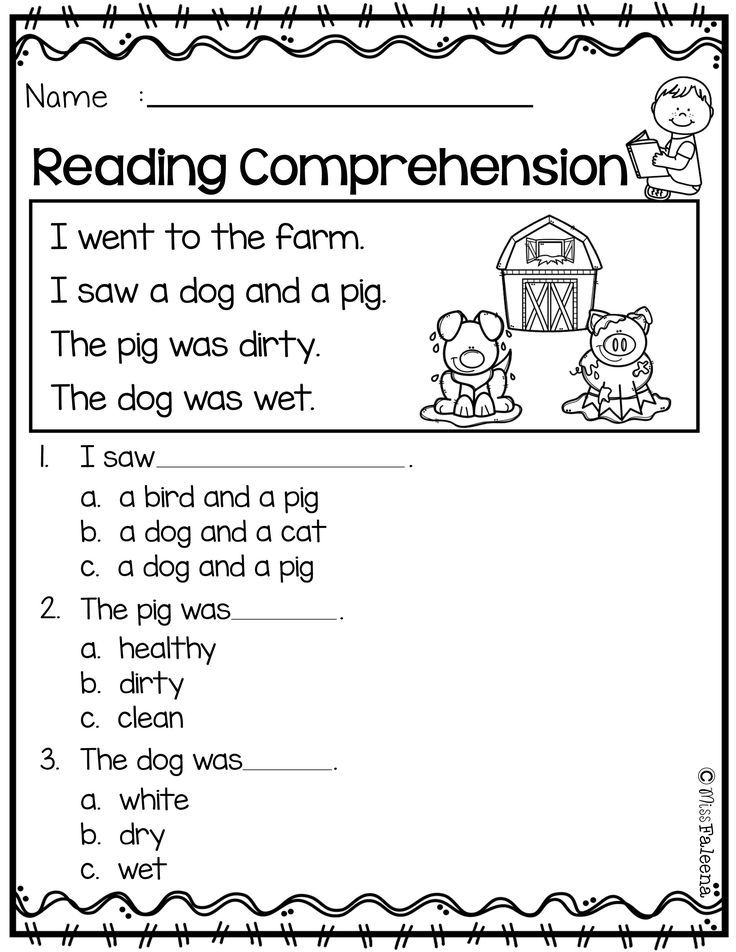 Sign up and participate in the draw 8 lessons
Sign up and participate in the draw 8 lessons
How to make learning to read easier for preschoolers
-
Praise more and never scold
It's hard for us adults to imagine how difficult it really is for a baby to learn from scratch such a complex skill as reading. After all, being able to read means being able to correlate a sound with a letter or a combination of letters, connect sounds, understand the meanings of the words read and the meaning behind the text.
If parents take the child's progress for granted and express dissatisfaction when the baby does not understand something, this will not push the future student to development, but will only complicate the process. Therefore, it is important to praise for small victories: I learned the letter that was passed last time - great, I coped without my father's help with the word as much as two syllables - clever.
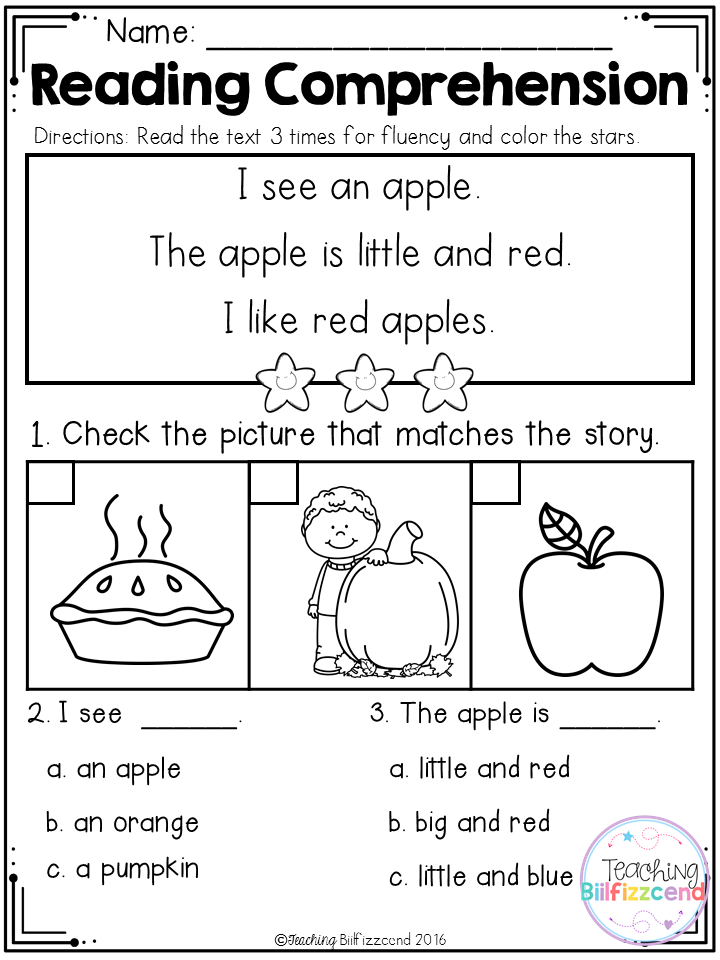
Do not take failures as a consequence of the negligence of the little student. When a child does not understand the first time, this is an occasion to look for another explanation or give more time to practice. If you feel tired and irritated, you should stop the activity and return to it in a good mood.
-
Exercise little but regularly
Do not expect perseverance and a desire to spend hours figuring out unfamiliar letters from your baby. It is difficult for preschoolers to keep their attention in a lesson for more than 25 minutes, and even such small classes should be interrupted with physical education minutes and games so that the child does not get bored. This is exactly how Skysmart prepares for school: 25-minute classes with breaks for outdoor games.
But regular practice is important - much more important than the duration of the session.
And it doesn’t have to be just lessons: you can look for familiar letters on signs during a walk, on a door plate in a children’s clinic, on a package of your favorite corn flakes.
-
Read books aloud
In a series of studies conducted by Dr. Victoria Purcell-Gates among five-year-olds who could not yet read, those children to whom their parents regularly read aloud for two years expressed their thoughts in more literary language, built longer phrases and used more complex syntax.
In addition, reading aloud with adults contributed to the expansion of children's vocabulary, as parents explained the meanings of new words that children did not encounter in everyday life.
Expert Opinion
According to neuroscientist Marianne Wolfe, book evenings with parents help develop a love of reading because the child establishes a connection between reading aloud and feelings of love and warmth.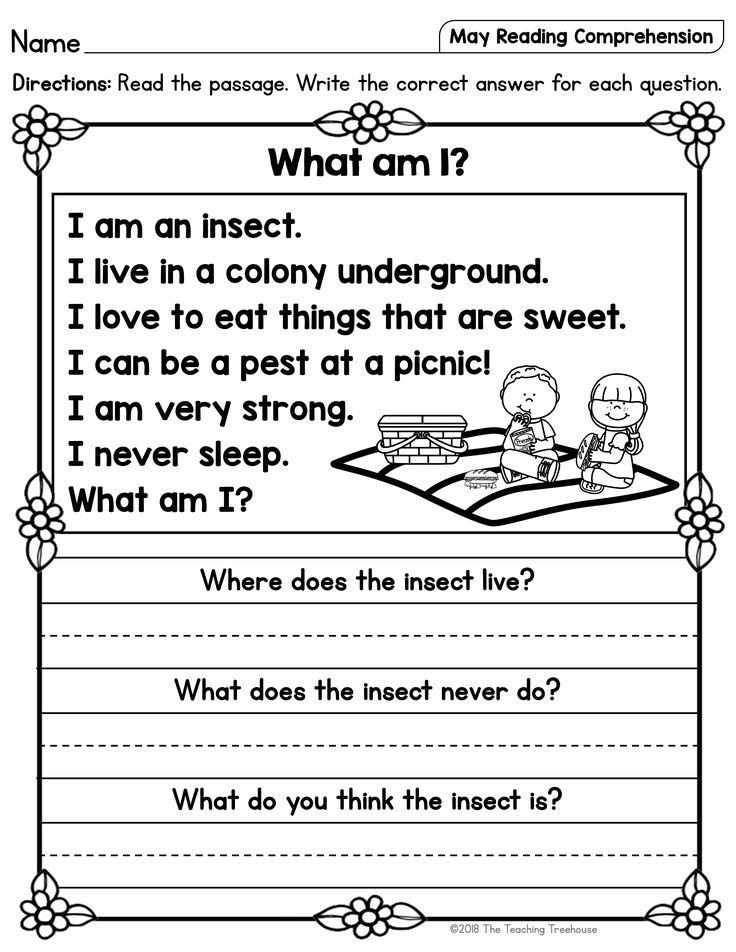
Discuss read
The role of communication in teaching literacy cannot be overestimated. At first, it is important to ask if the future student is interested, if he is tired, what was remembered from the lesson. When a preschooler learns to read coherent texts, be sure to ask questions about their content.
It's great if the child reads on his own and without the prompting of the parents, but even in this case, do not deprive him of the opportunity to discuss what he read with you. For example, you might ask:
-
Which of the characters do you like?
-
Do you think this character is like you? Would you like to be like her?
-
What would you do if you were a hero?
-
Why did the described event happen? How are these two events related?
-
How did what you read make you feel?
-
What do you remember most from what you read?
-
What do you think the author wanted to teach? Why did he write this? Do you agree with the author?
-
-
Go from simple to complex
From the correspondence between sounds and letters to syllables, from short words to longer and more complex words. It would seem that this is obvious, but no: sometimes parents are so happy with the success of the child at first that they push him to study more complex topics than he is ready to accept. Of course, the program should adapt to the future student, but you should not skip steps, even if the child is making progress.
There are methods that offer to teach a child to read by memorizing whole words.
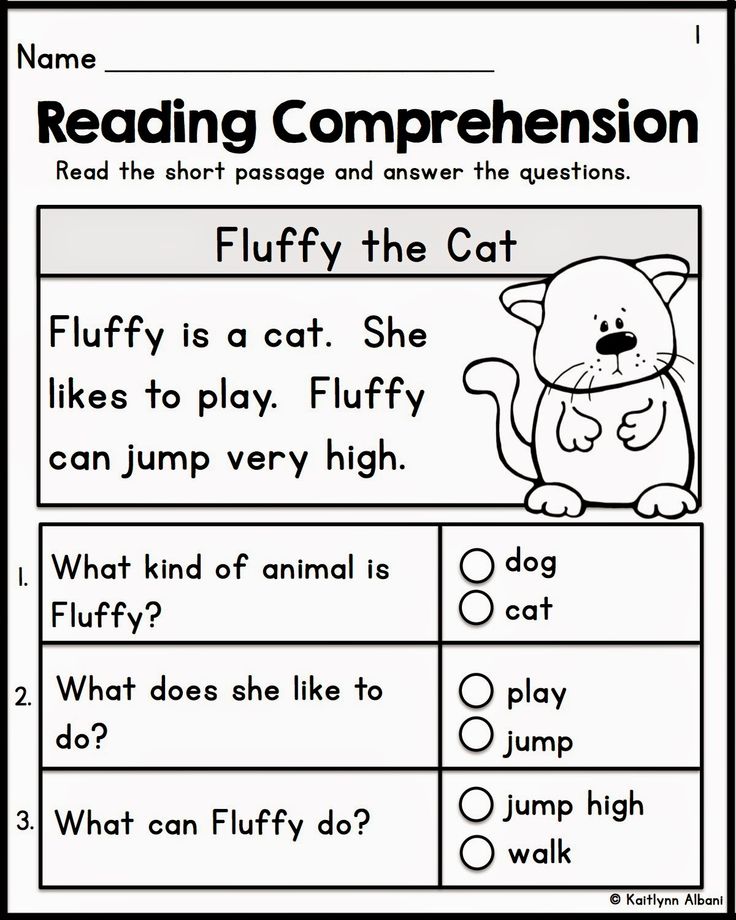 Alas, experiments show that such techniques generally work worse. For example, a group of scientists from the United States came up with an artificial alphabet and offered subjects to learn it, and then read the words written using this alphabet. At the same time, some subjects were immediately explained the principles of correspondence between sounds and letters, while others had to derive reading rules on their own based on whole words. It turned out that the first group copes with reading new, previously unfamiliar words better than the second.
Alas, experiments show that such techniques generally work worse. For example, a group of scientists from the United States came up with an artificial alphabet and offered subjects to learn it, and then read the words written using this alphabet. At the same time, some subjects were immediately explained the principles of correspondence between sounds and letters, while others had to derive reading rules on their own based on whole words. It turned out that the first group copes with reading new, previously unfamiliar words better than the second. Therefore, we advise choosing teaching methods that provide clear instructions about the relationship between sound and letter - and this is especially important for those children who have difficulty reading. Below we have compiled a few of these techniques that you can use to teach your preschooler at home.
It is important to select questions individually, based on the age of the child. With younger children, discuss everything together, ask simple questions, direct their attention to some facts. The complexity of the questions should increase in proportion to the age of the child. The older he is, the more difficult the tasks should be, and the questions can already affect the "reflection" of their feelings and experiences.
Methods of teaching preschoolers to read
Warehouse reading
The method of teaching a child to read through warehouses was actually used in Rus', but for modern parents this technique is associated with the name of the philologist Nikolai Alexandrovich Zaitsev.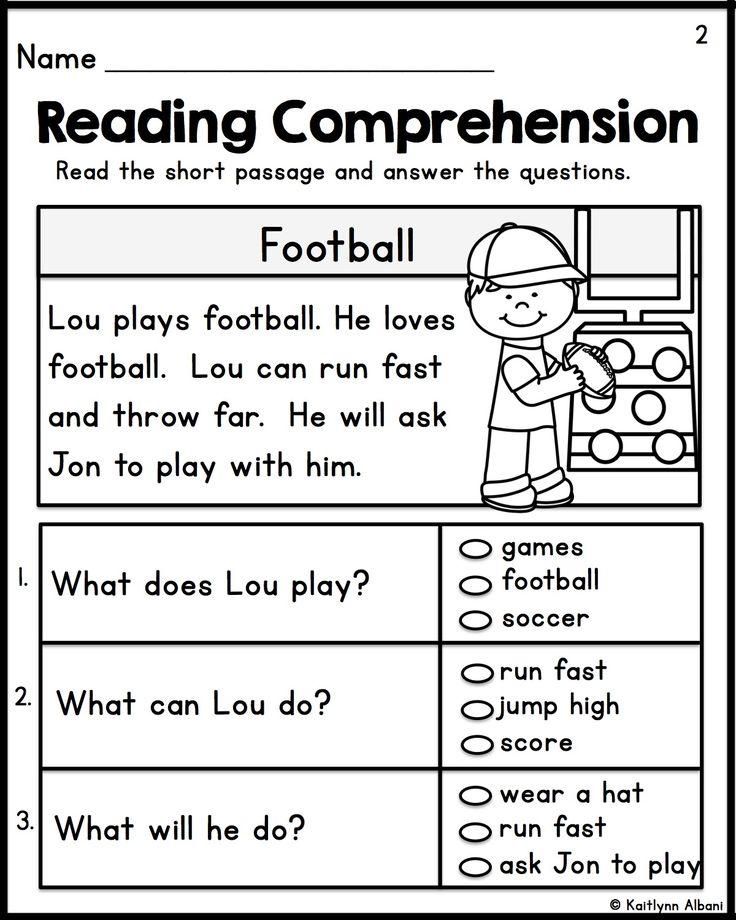
Zaitsev suggests not focusing on the study of individual letters, as it can be difficult for students to understand how letters can merge into syllables and words. Teaching a child to read by syllables is also not always easy: one syllable can be quite long ( shine, ruble ), and the boundaries of syllables are not obvious ( Lun-tik or Lu-ntik ?). Therefore, in Zaitsev's methodology, a warehouse is used as the main unit.
Warehouse can be a combination of a consonant and a vowel (pa-pa, ma-ma), a single consonant or vowel (de- d , i-s -li, A -le-sha), as well as a combination of a consonant with a hard or soft sign (ma- l -chi-k, po- d -yem).
In order for a preschooler to understand the differences between the recording of voiced and soft, vowels and consonants, different types of warehouses have their own cube size, color and content, thanks to which the cubes sound when they are shaken. Cubes affect several channels of perception at once, and warehouses should not just be pronounced, but sung - this way, according to the author of the methodology, learning is more interesting and effective.
Cubes affect several channels of perception at once, and warehouses should not just be pronounced, but sung - this way, according to the author of the methodology, learning is more interesting and effective.
One of the advantages of the technique is that children willingly play with blocks themselves, and the process of learning to read becomes active, mobile.
Syllabic reading
This technique, according to some sources, was developed by the Romans. Later, Nadezhda Sergeevna Zhukova, a Soviet and Russian speech therapist, created a primer based on it. In it, she built her own system in which sounds and letters are sequentially introduced into speech.
Due to the fact that the concept of a syllable is introduced at an early stage, it is faster and easier to teach a child to read syllables together. By the way, as in Zaitsev's technique, it is proposed to sing syllables, and not just pronounce them.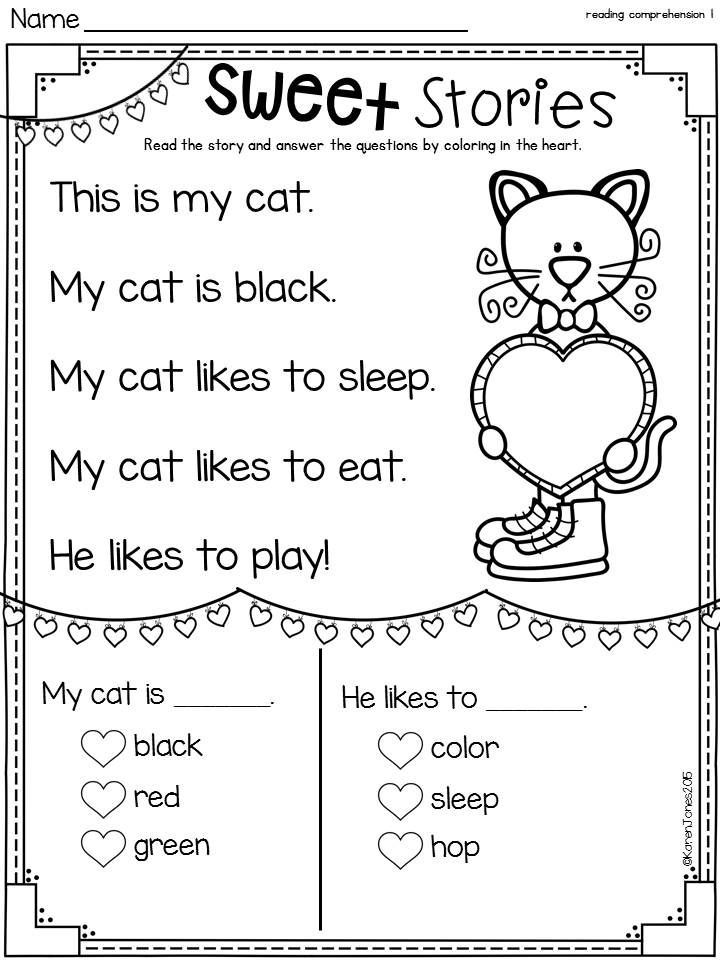
Based on the syllabic method, Zhukova developed a set of teaching aids - copybooks, copybooks and a book for reading. Benefits will help teach children to read correctly 6 and 7 years old at home.
Both techniques for teaching preschoolers to read are used in the Skysmart Ready for School course. The course consists of two stages: first, children get acquainted with letters and warehouses, which allows them to quickly start reading simple words, and then they learn what a syllable is. Gradually, we introduce more complex syllabic constructions, move on to reading phrases and sentences.
Sound analytical-synthetic teaching method
This method originated in the USSR and is still considered the main one in Russian schools and kindergartens. It was developed by the Soviet teacher and Russian language methodologist Voskresenskaya Alexandra Ilyinichna.
Like N.S. Zhukova, Voskresenskaya proposed her own order in which children should learn letters and sounds.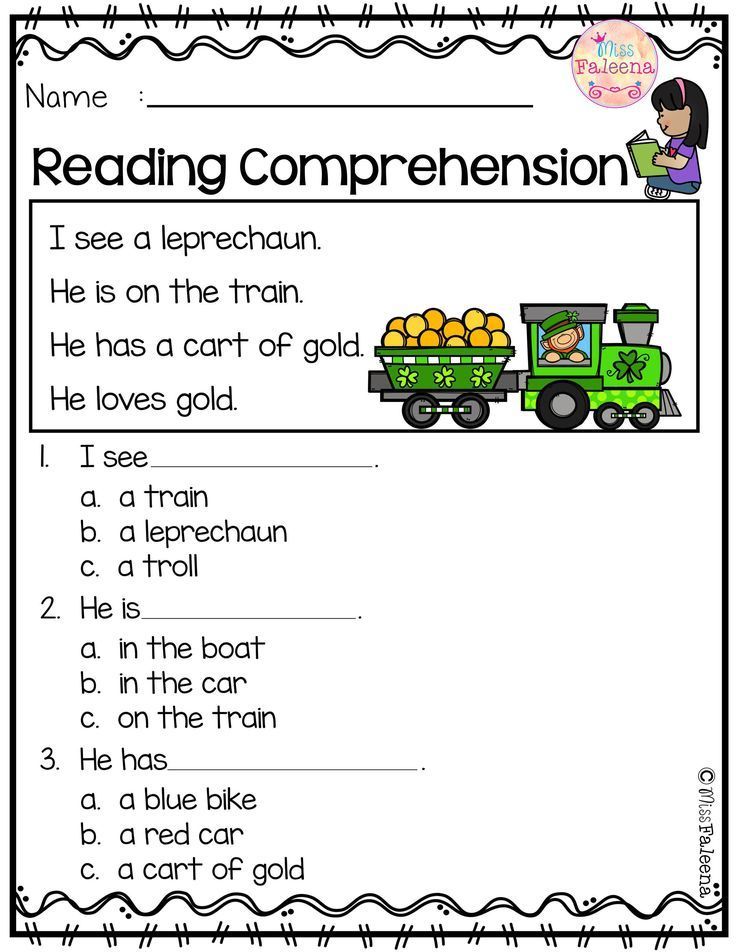 The principle of this sequence was that the child first learned the letters that can be combined into simple syllables, and then moved forward in the level of complexity. As a result, children learn syllables in this order:
The principle of this sequence was that the child first learned the letters that can be combined into simple syllables, and then moved forward in the level of complexity. As a result, children learn syllables in this order:
-
Two-letter syllables (including one consonant): am, ma, ra, etc. and simple words from them: ra-ma, ma-sha, Pa-sha, etc.
-
Three-letter syllables with a central vowel: poppy, lat, etc.
-
The combination of the first two stages into words: sa-lat, earth-la, etc.
-
Words of three syllables and six letters: az-bu-ka, ve-se-lo, etc.
-
Words of two syllables and six letters: question-ros, tea-nick, etc.
-
Words with a combination of vowels at the beginning and at the end of a word: chair, March, etc.
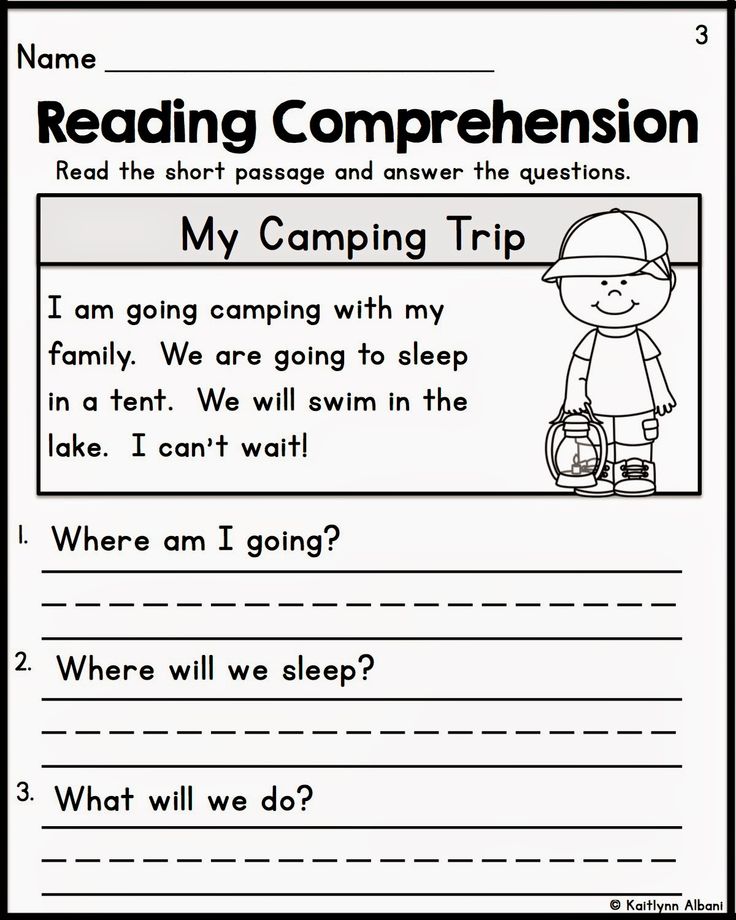
In this way, children simultaneously prepare for more complex syllables at each stage and reinforce what they have learned earlier.
Free English lessons with a native speaker
Practice 15 minutes a day. Learn English grammar and vocabulary. Make language a part of life.
Exercises for learning to read
Learning to read, as a rule, takes place in several stages. First, the child listens to the sound, visually remembers the letters. Different games will help with this, where you need to look for letters, invent words, etc. When this stage is over, you can move on to syllables and games to work them out. And only after that it will be possible to proceed to words, and then to sentences and texts.
Letter memory exercises
The first step is to teach your child to recognize letters. To do this, you can use pictures with hidden letters. We use such exercises in the preparation for school lessons in Skysmart.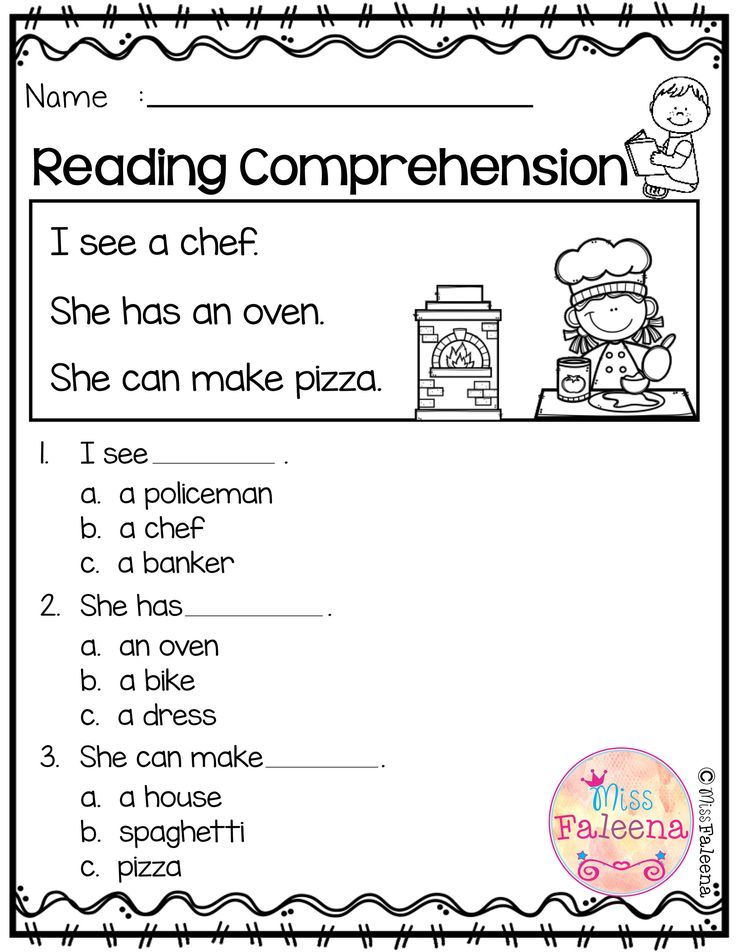
Ask your child to identify what letter a word begins with, or name as many words as possible that begin with a certain letter.
Next, we train to distinguish correctly written letters from incorrect ones. This is also important for learning to write: preschoolers often mirror letters or distort individual elements.
Exercises for vowels and consonants
Learning to distinguish between vowels and consonants will help tasks in which you need to determine what sound a word begins with.
It will also help to remember the difference between vowels and consonants and search for an extra letter.
Word building exercises
When the child can read short words, have him or her make a word out of the letters on their own.
Composing words from syllables is convenient if you have cubes at hand, but you can also try on paper.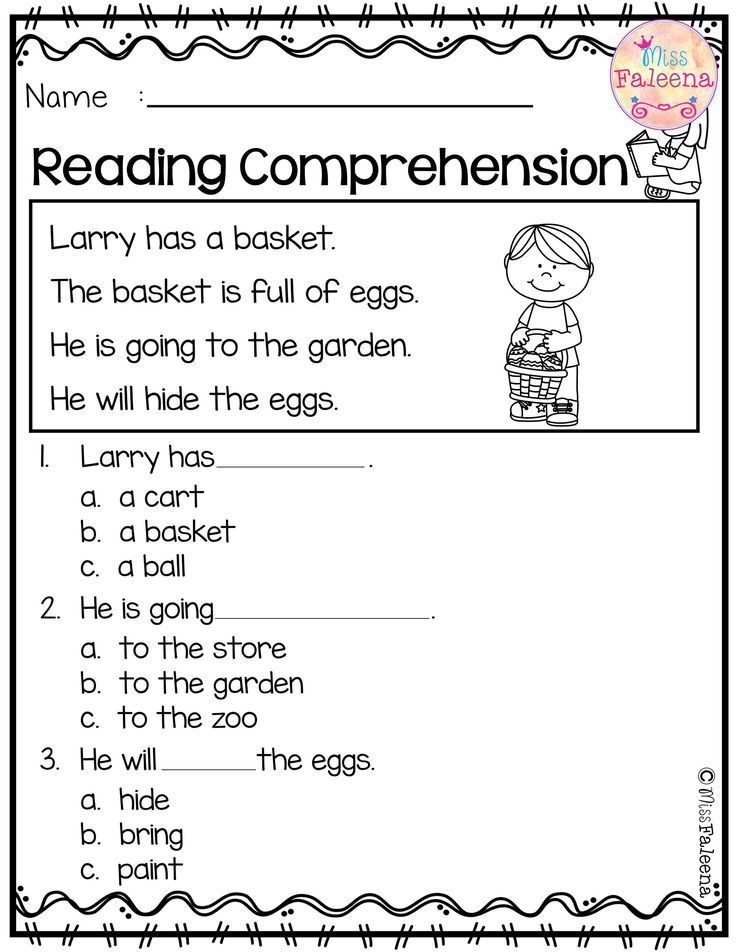

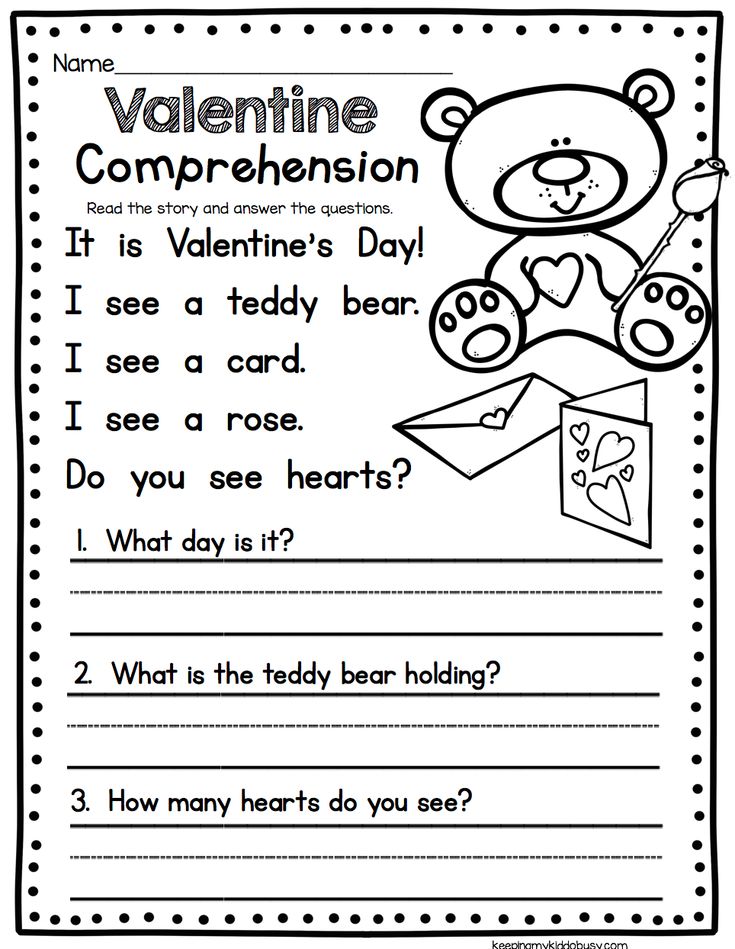 It is expressed in the fact that the student avoids, or, on the contrary, allows substitutions, omissions, permutations, additions, distortions, repetitions of letters, syllables and words.
It is expressed in the fact that the student avoids, or, on the contrary, allows substitutions, omissions, permutations, additions, distortions, repetitions of letters, syllables and words. 
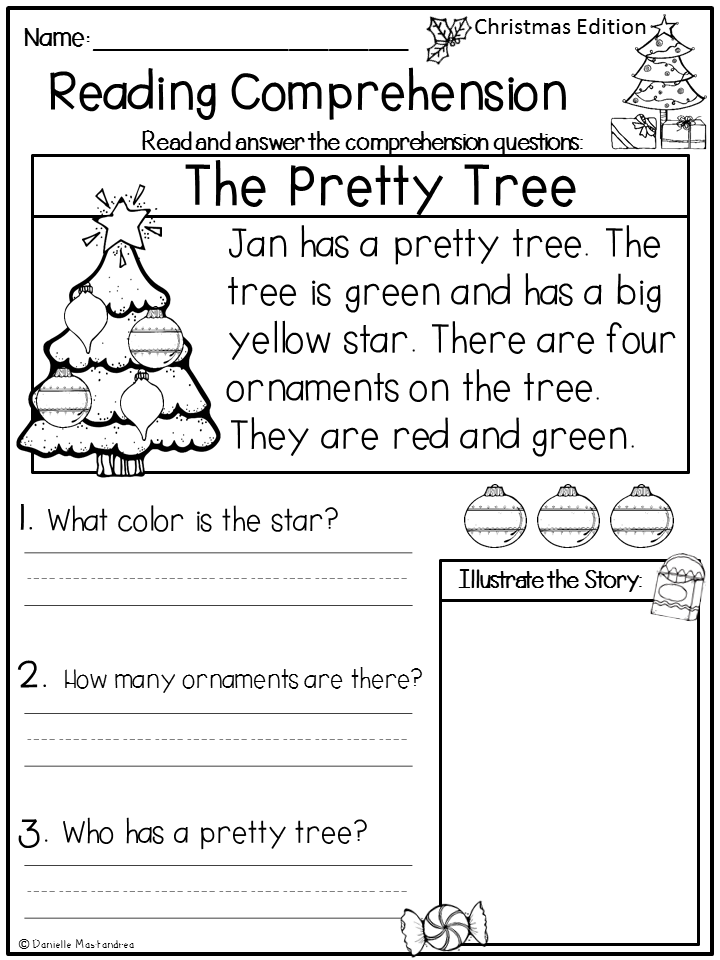
 It was it would be much better if home training was carried out in three portions of 5 minutes. A small paragraph the child reads and retells its content, after an hour or two another portion. Another serving before bed. The effectiveness of such training is much higher than training for an hour and a half at a time.
It was it would be much better if home training was carried out in three portions of 5 minutes. A small paragraph the child reads and retells its content, after an hour or two another portion. Another serving before bed. The effectiveness of such training is much higher than training for an hour and a half at a time. 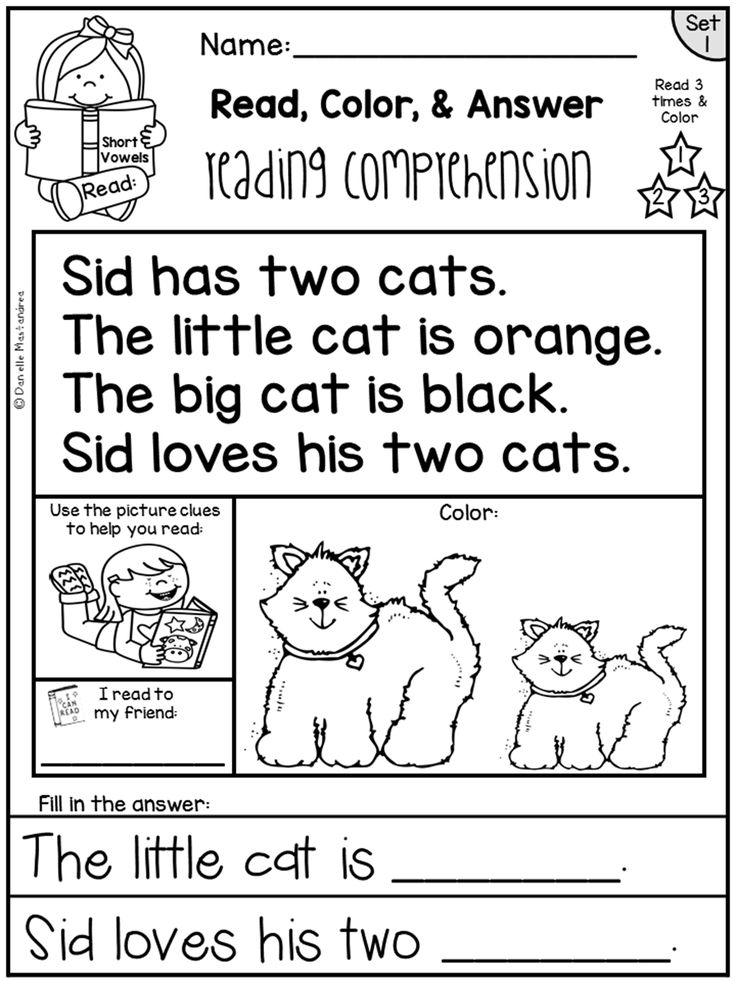 Can be highly recommended to parents, children read reluctantly, this method of learning. Read in order: a few frames are read by the child, then, when the first signs of fatigue, parents are connected.
Can be highly recommended to parents, children read reluctantly, this method of learning. Read in order: a few frames are read by the child, then, when the first signs of fatigue, parents are connected.  The operating time with all 18 sets is approximately two month. Thus, in two months, RAM develops so much that the child can already memorize a sentence consisting of 46 letters, that is, from eight or nine words. Now he easily catches the meaning of the sentence, read to him becomes interesting, and therefore the process of learning to read goes much faster.
The operating time with all 18 sets is approximately two month. Thus, in two months, RAM develops so much that the child can already memorize a sentence consisting of 46 letters, that is, from eight or nine words. Now he easily catches the meaning of the sentence, read to him becomes interesting, and therefore the process of learning to read goes much faster. 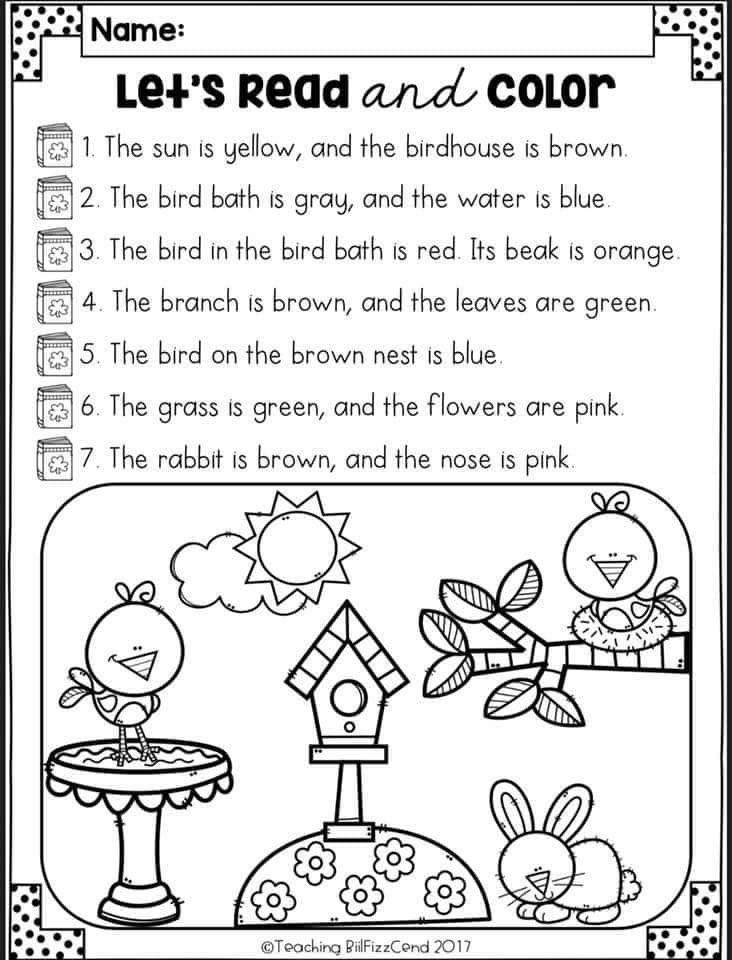 This is followed by exposure, reading and memorization of the second sentence. After the offer is hidden its also write down in a notebook. For six sentences of one set, usually from five to eight minutes time. In two months there is an opportunity to develop an operational memory, but on one condition. This condition must be observed without fail. visual dictations must be written daily. If you write visual dictations every other day, then such training almost does not develop RAM. If you write in two on the third day, then you can not write at all - this does not give anything.
This is followed by exposure, reading and memorization of the second sentence. After the offer is hidden its also write down in a notebook. For six sentences of one set, usually from five to eight minutes time. In two months there is an opportunity to develop an operational memory, but on one condition. This condition must be observed without fail. visual dictations must be written daily. If you write visual dictations every other day, then such training almost does not develop RAM. If you write in two on the third day, then you can not write at all - this does not give anything.  This is followed by a second reading of the same passage of text. Wherein the child again notes to which word he has read, and compares with the results first reading. Naturally, the second time he read a few words more. Increasing the pace of reading causes positive emotions in the baby, he want to read again. However, one should not read the same text more than three times. excerpt.
This is followed by a second reading of the same passage of text. Wherein the child again notes to which word he has read, and compares with the results first reading. Naturally, the second time he read a few words more. Increasing the pace of reading causes positive emotions in the baby, he want to read again. However, one should not read the same text more than three times. excerpt. 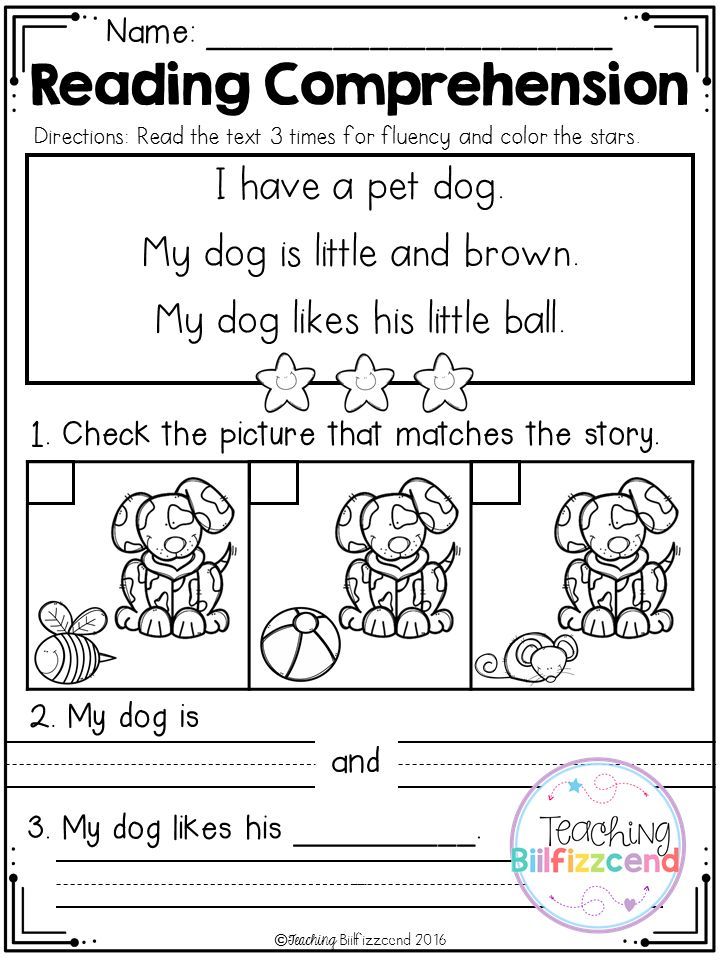 Word endings should not to be swallowed, only to speak clearly. The exercise lasts more than 30 seconds.
Word endings should not to be swallowed, only to speak clearly. The exercise lasts more than 30 seconds. 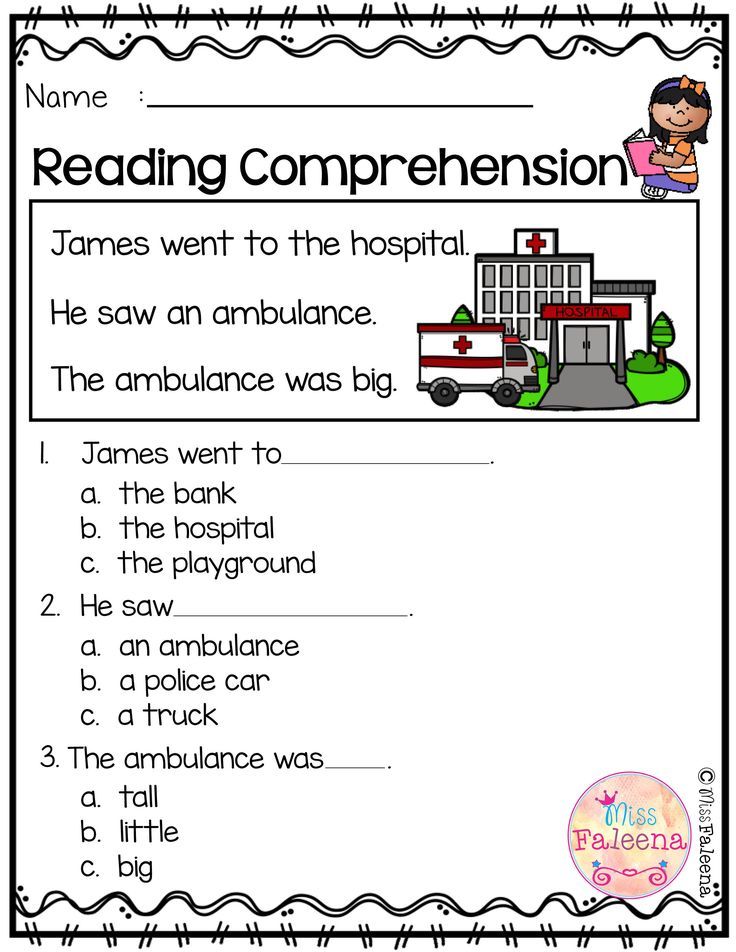 Let him read the text for one minute, then notes to which word he has read, recounts read the words and write the result in a kind of diary. Already in a week you can invite the baby to compare the results of a week ago (provided daily reading!). This has a positive effect on the attitude of children to workout.
Let him read the text for one minute, then notes to which word he has read, recounts read the words and write the result in a kind of diary. Already in a week you can invite the baby to compare the results of a week ago (provided daily reading!). This has a positive effect on the attitude of children to workout. 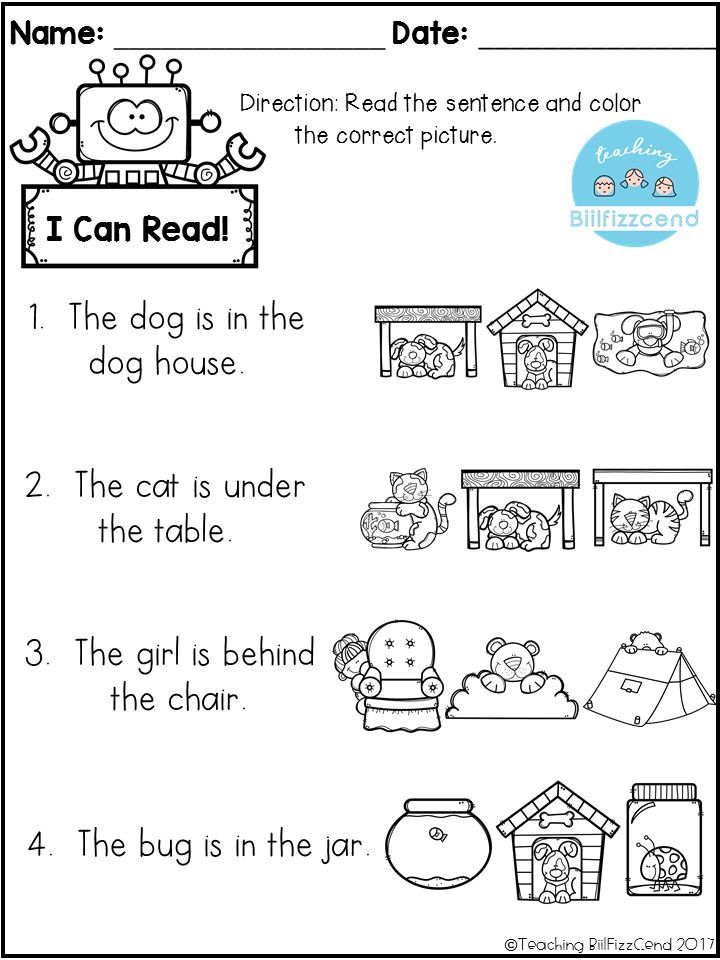 -M .: ARKTI, 2001, 160s.
-M .: ARKTI, 2001, 160s. 